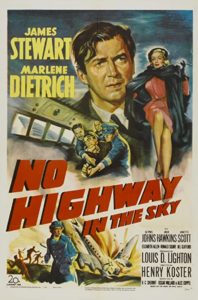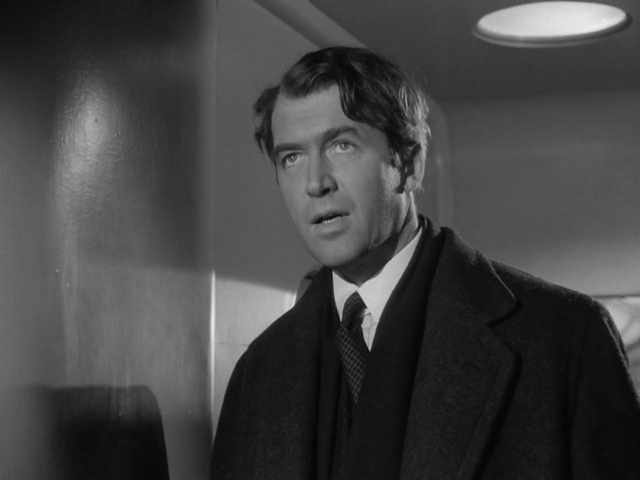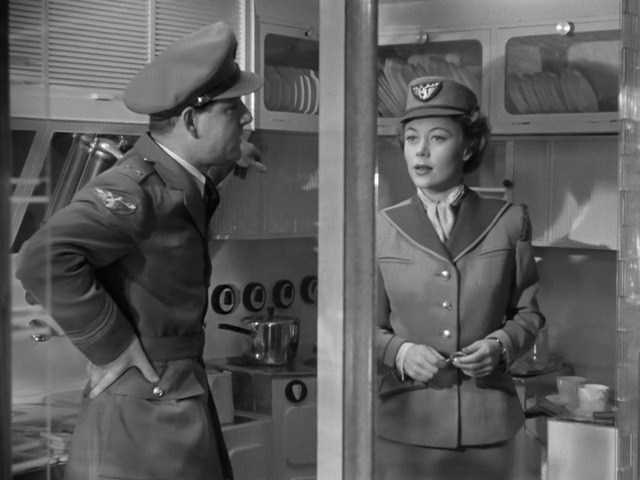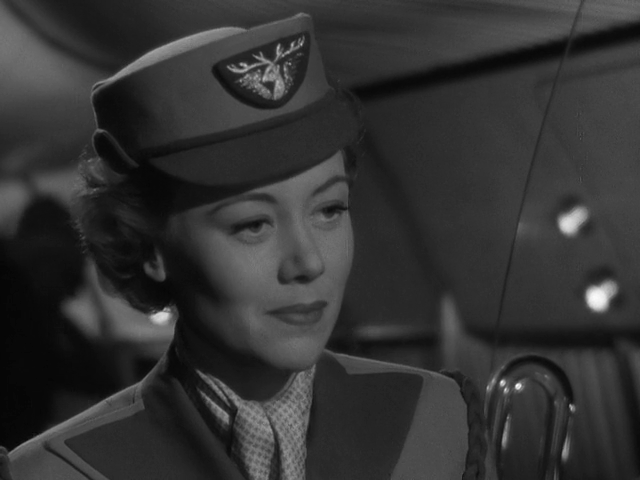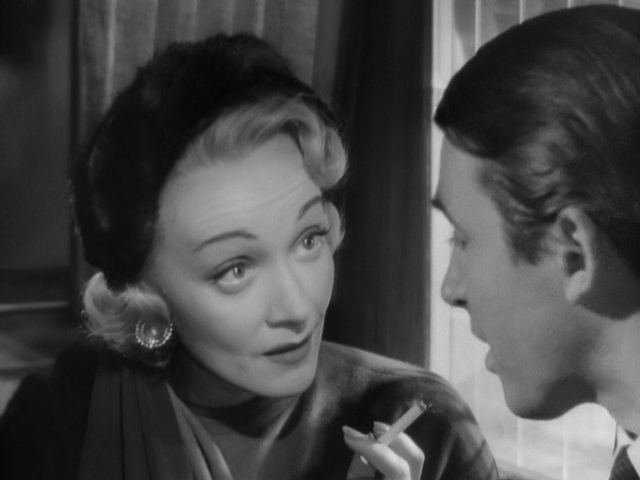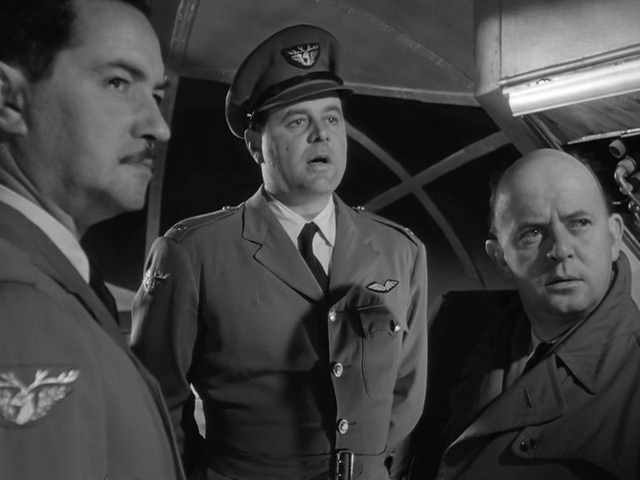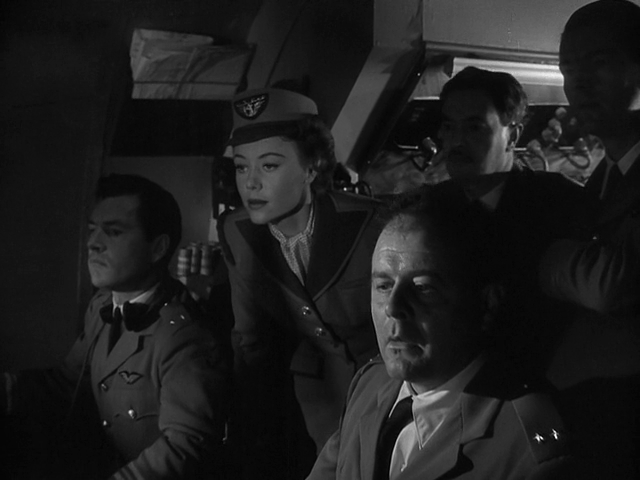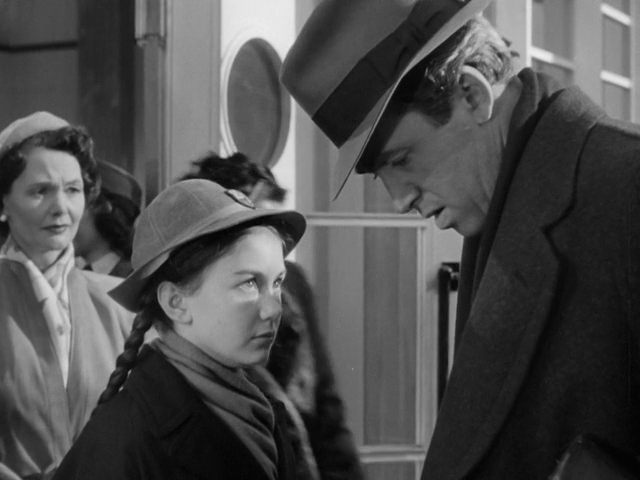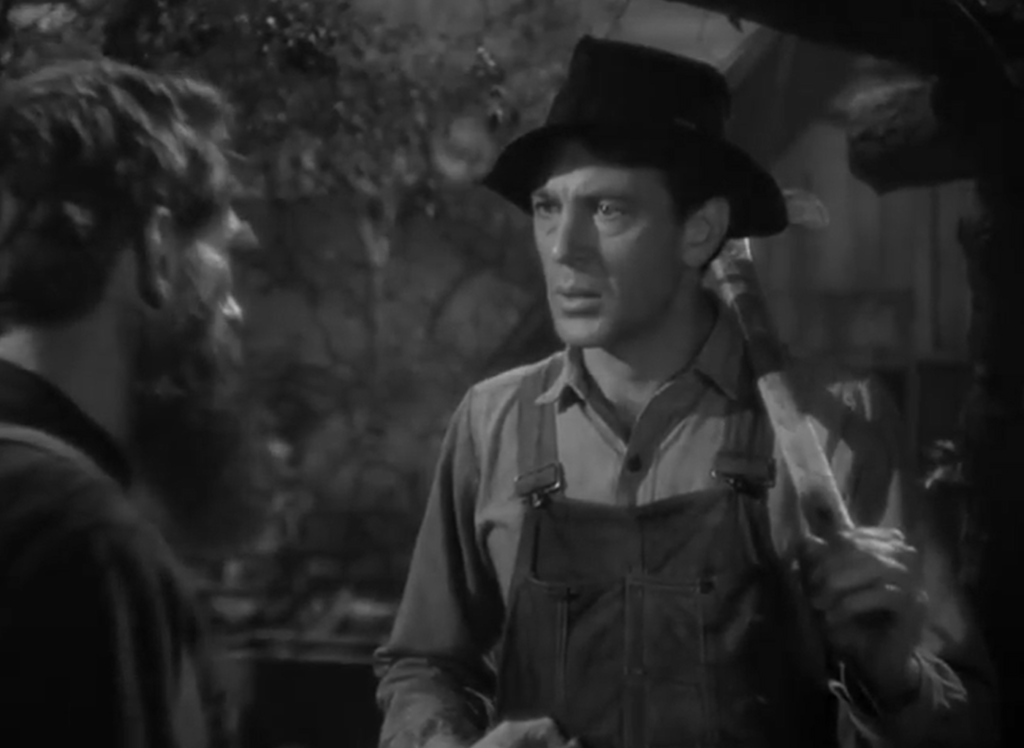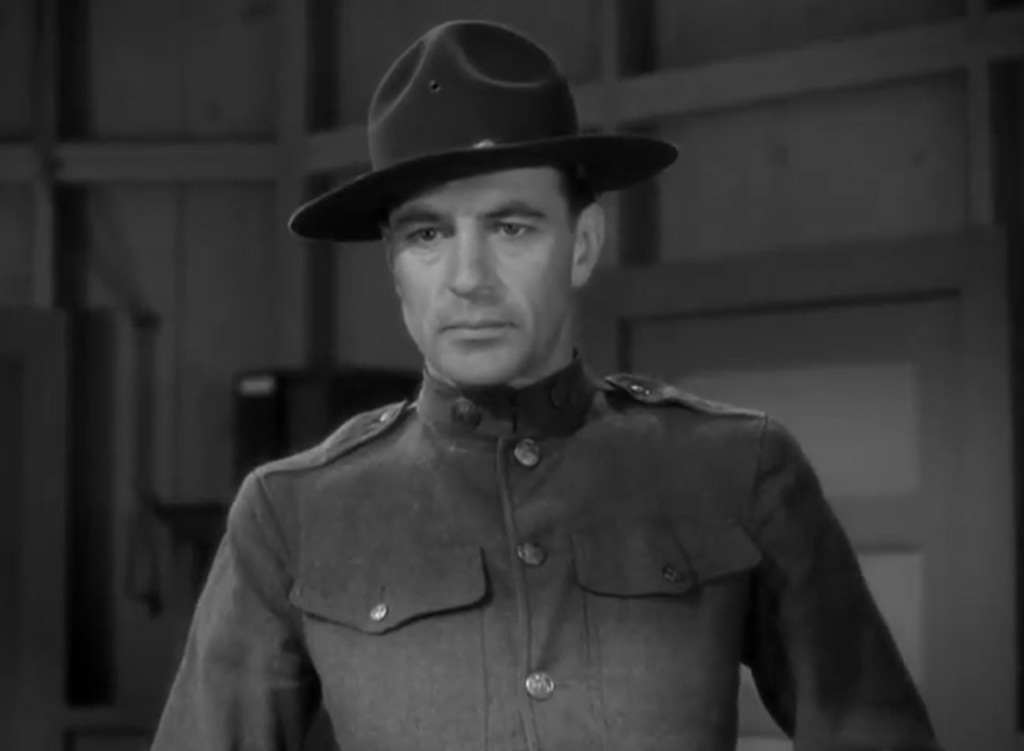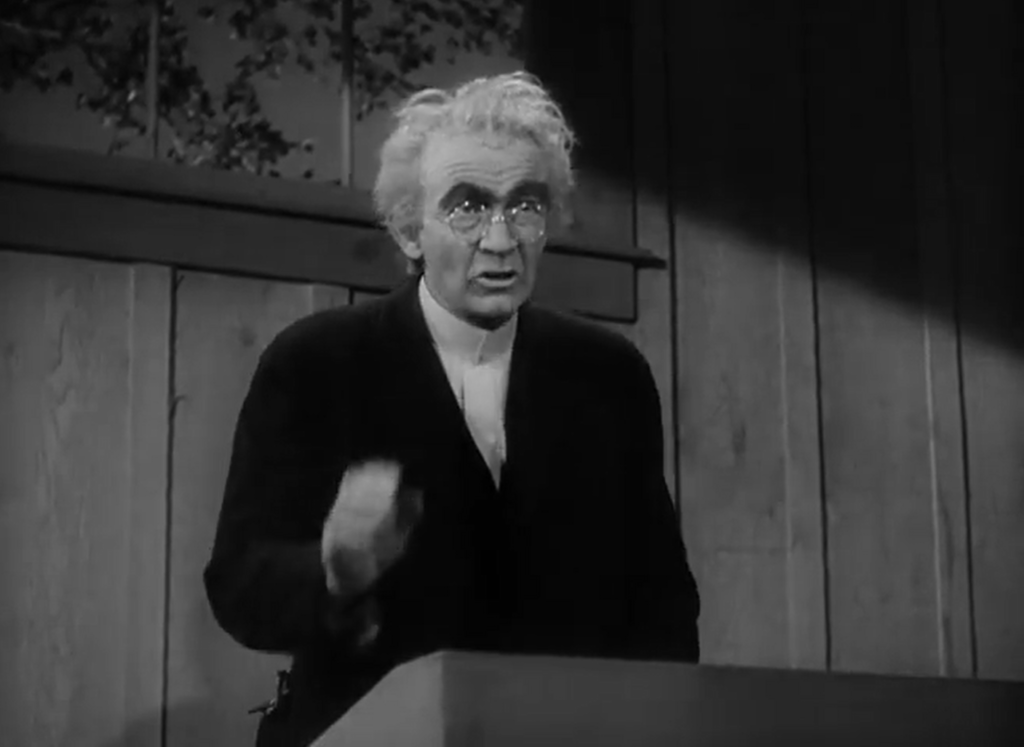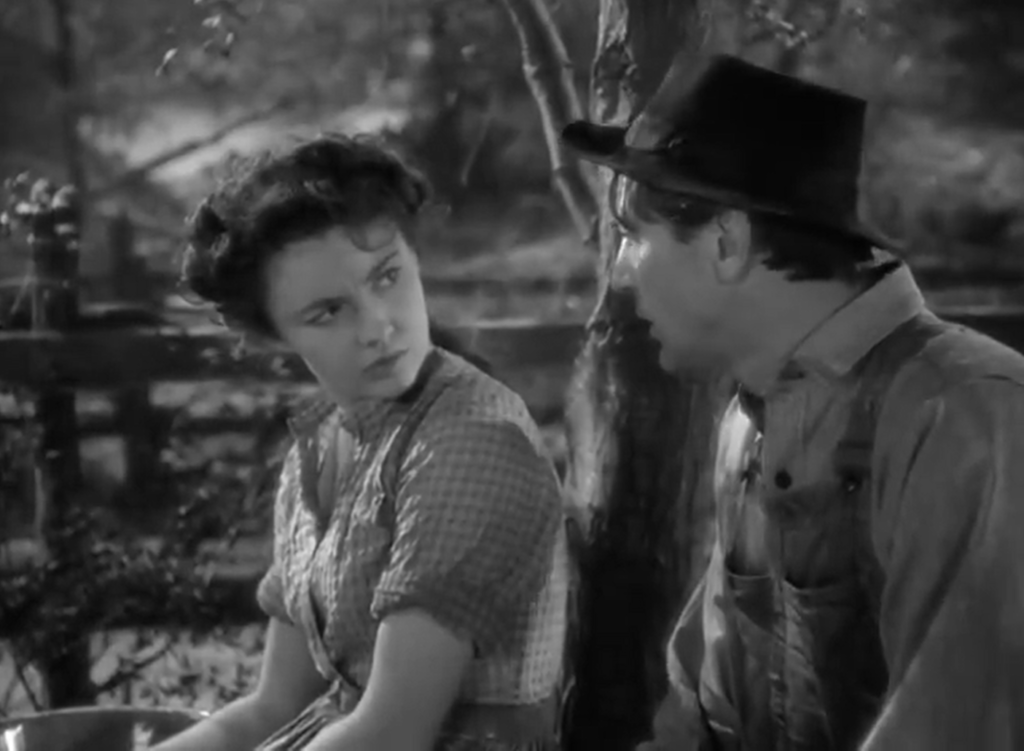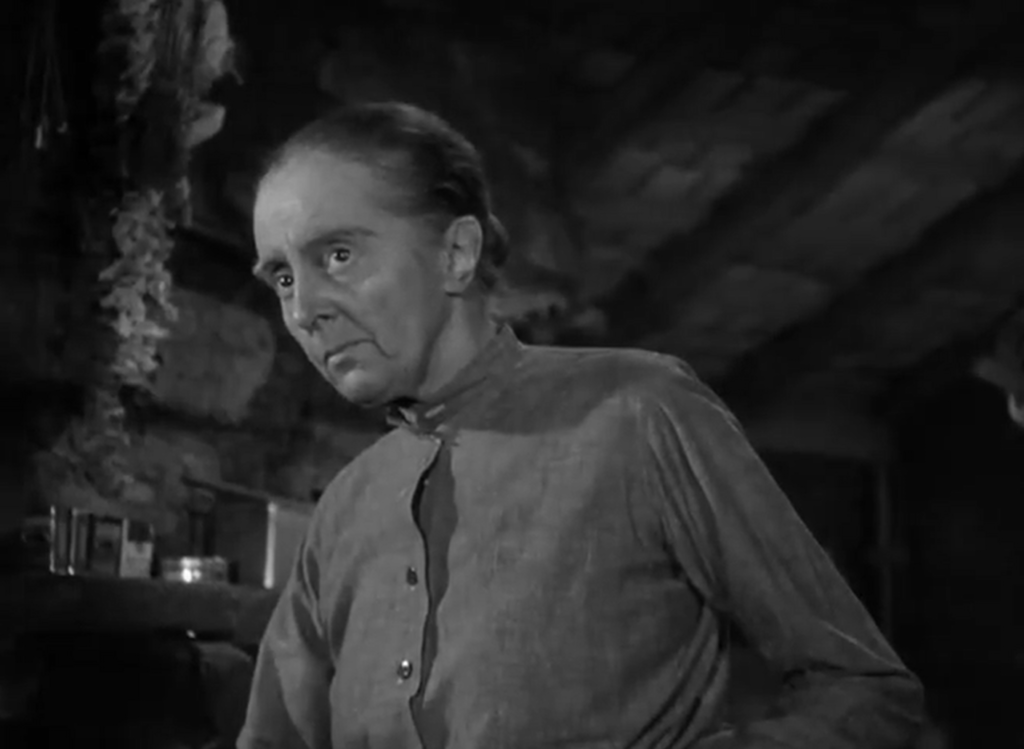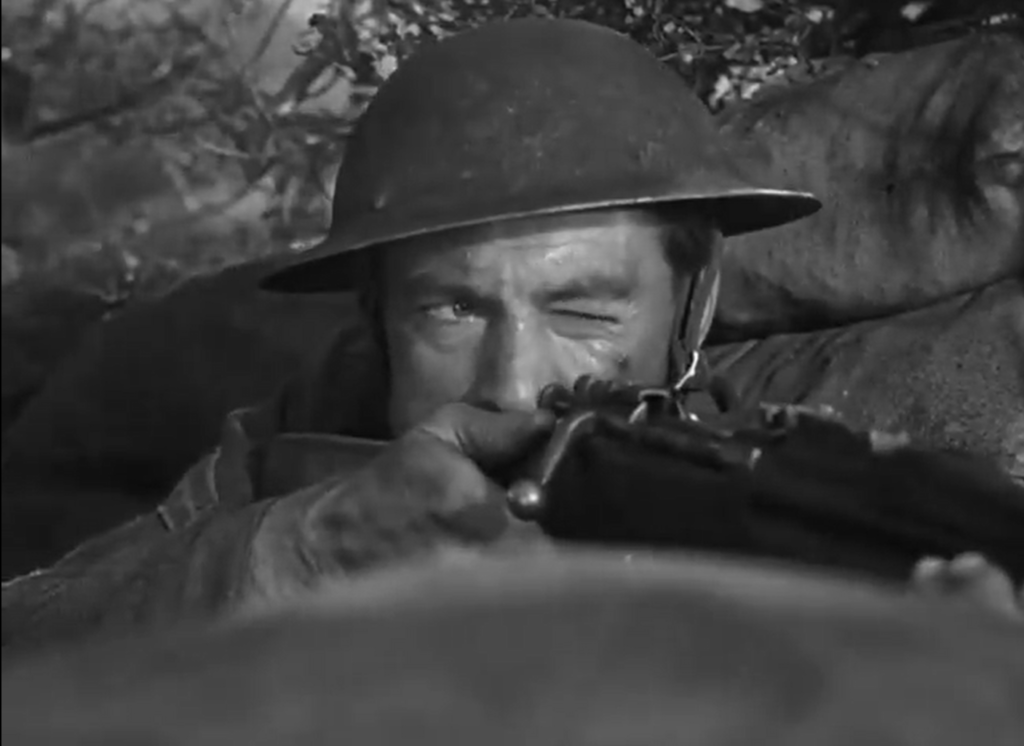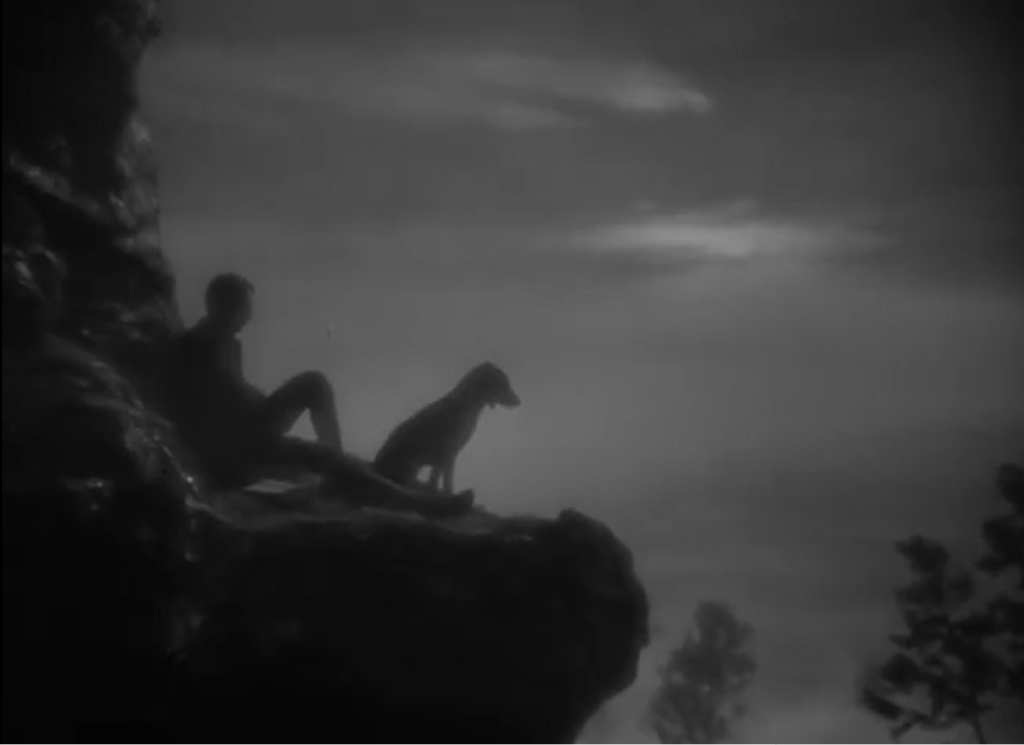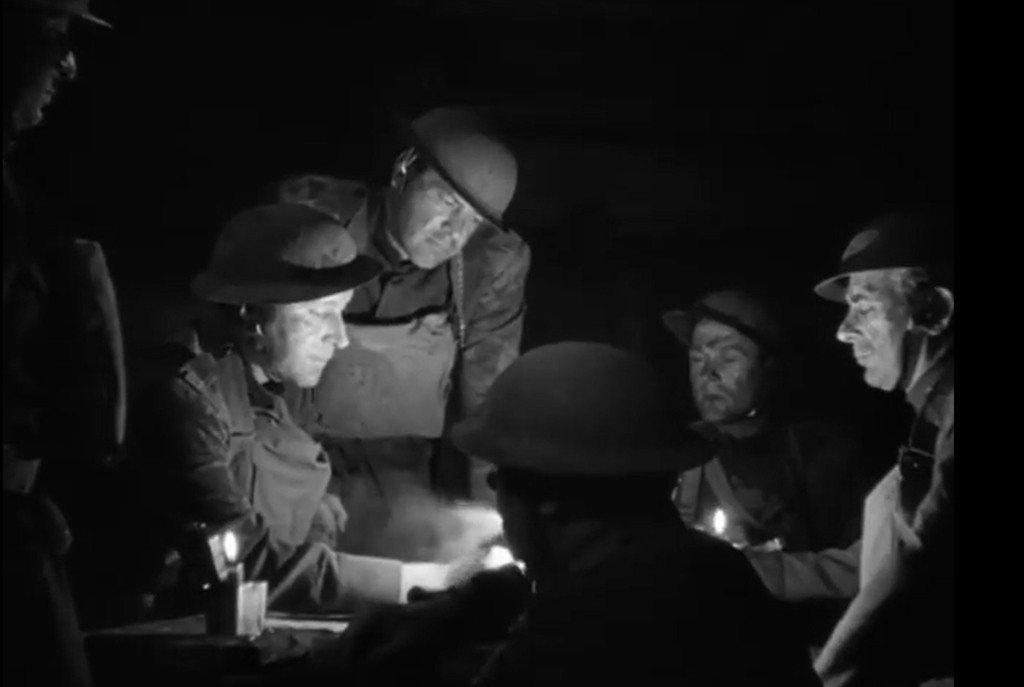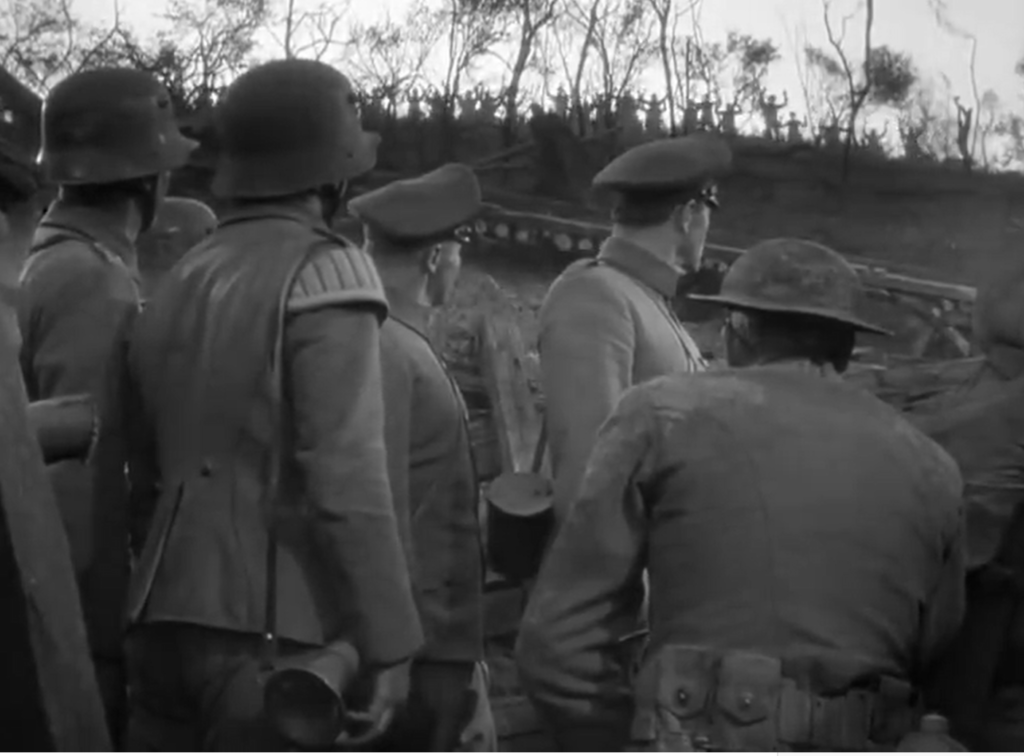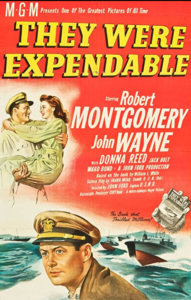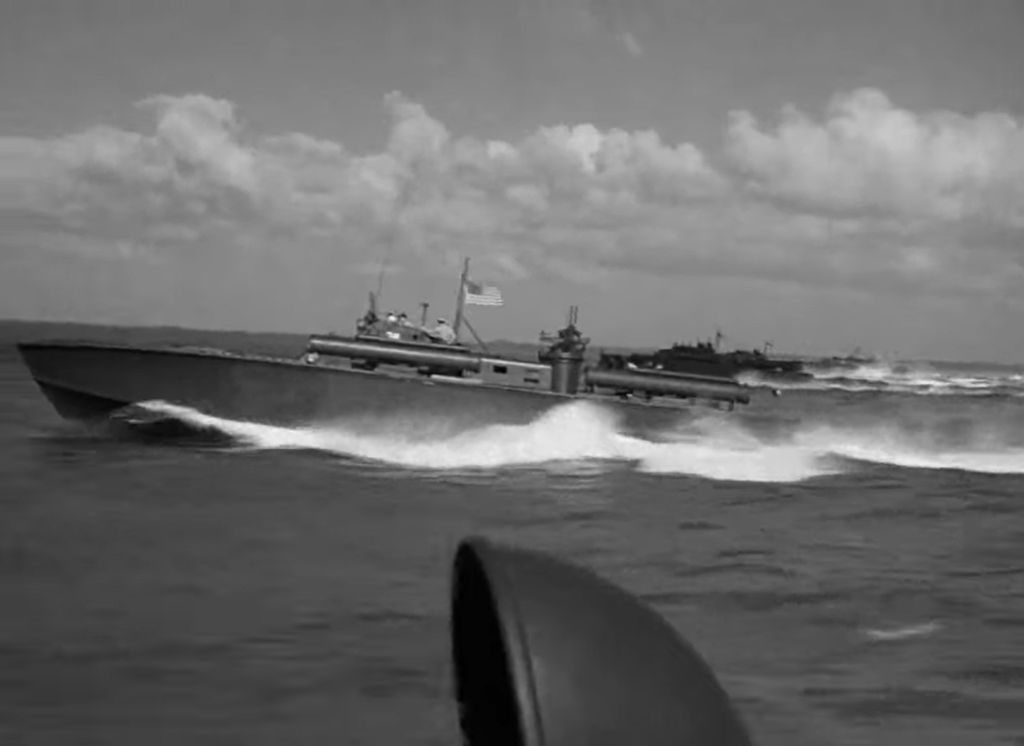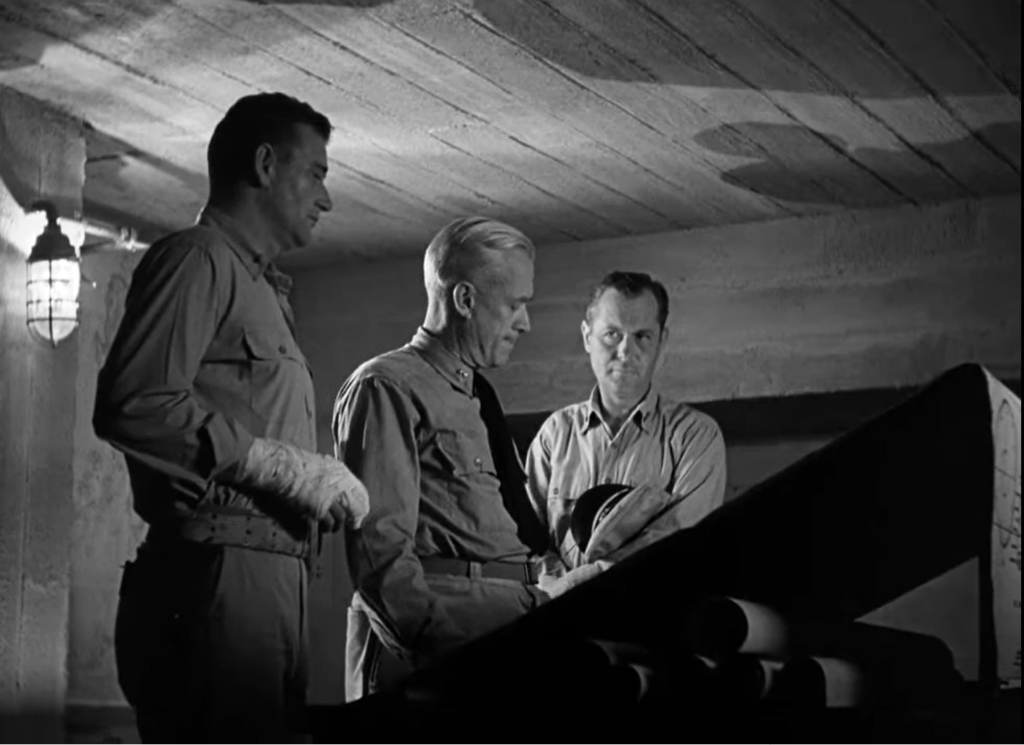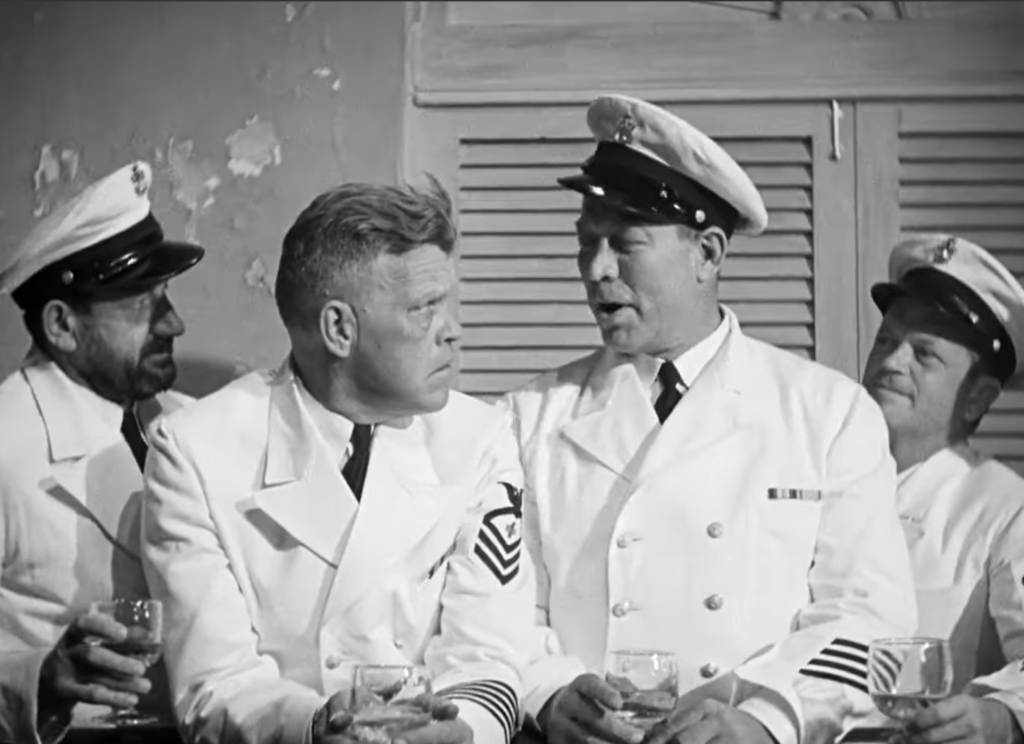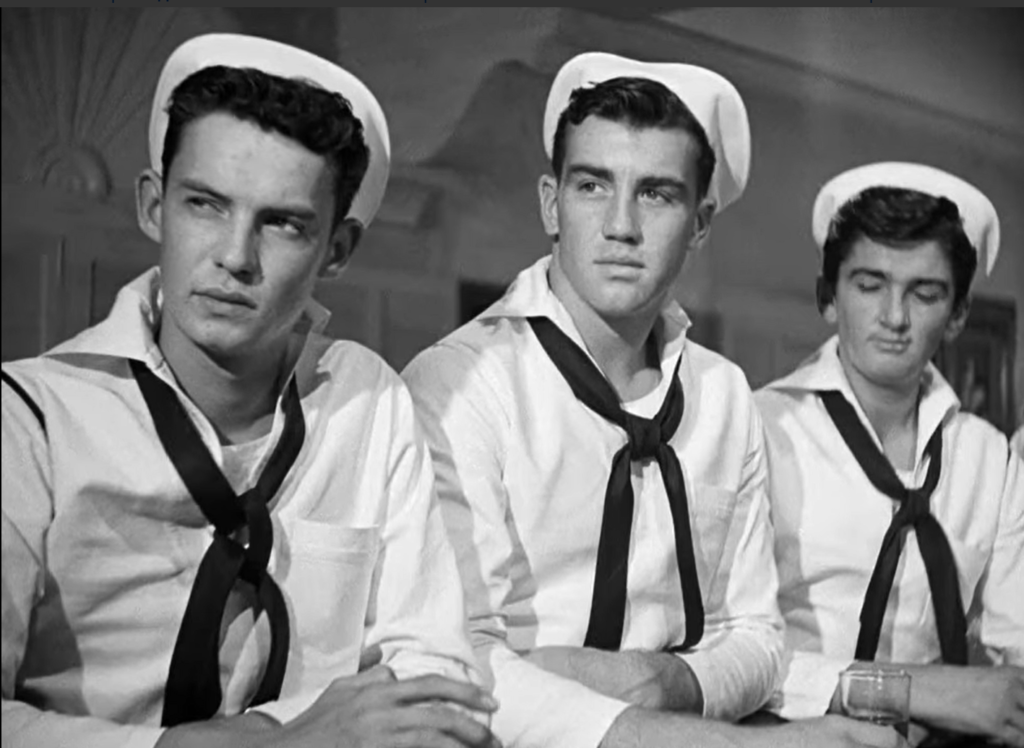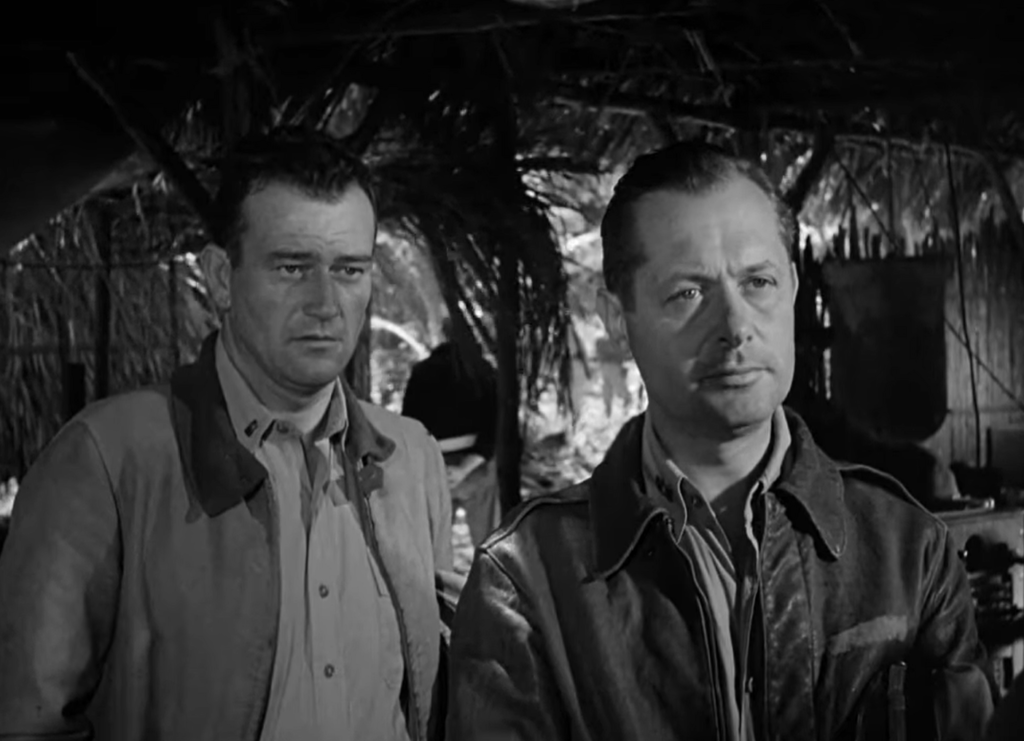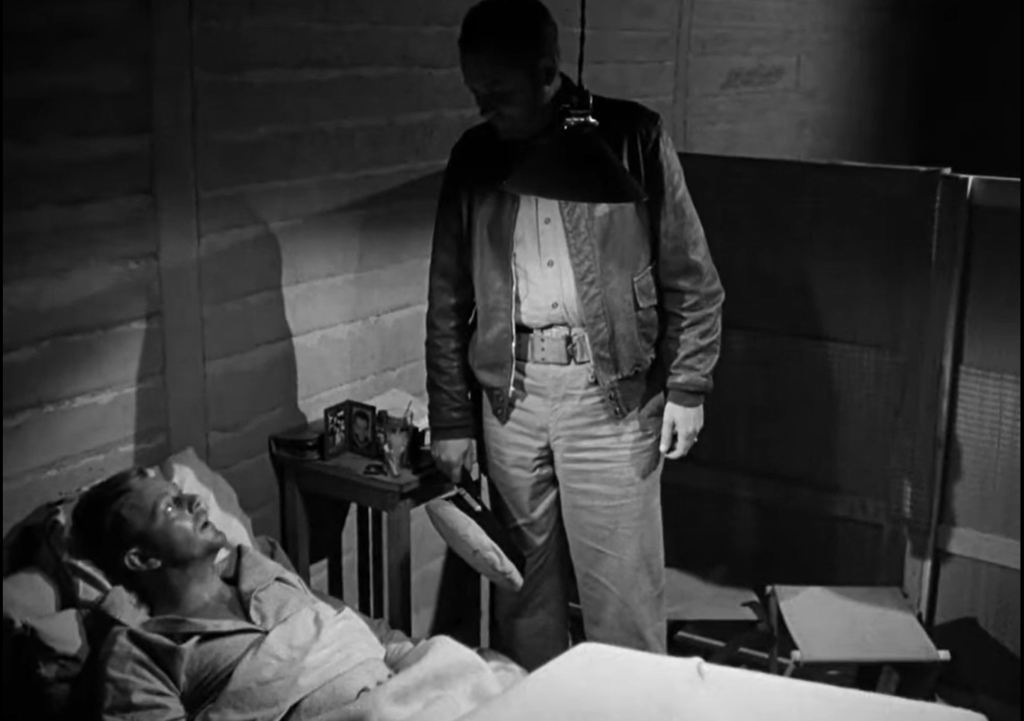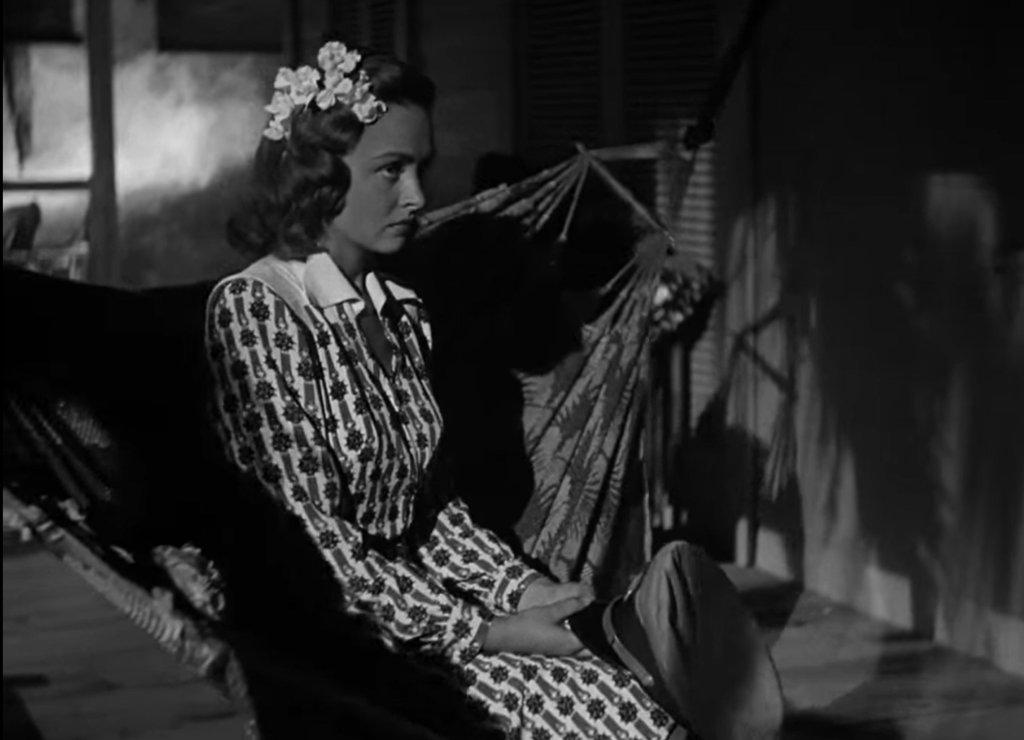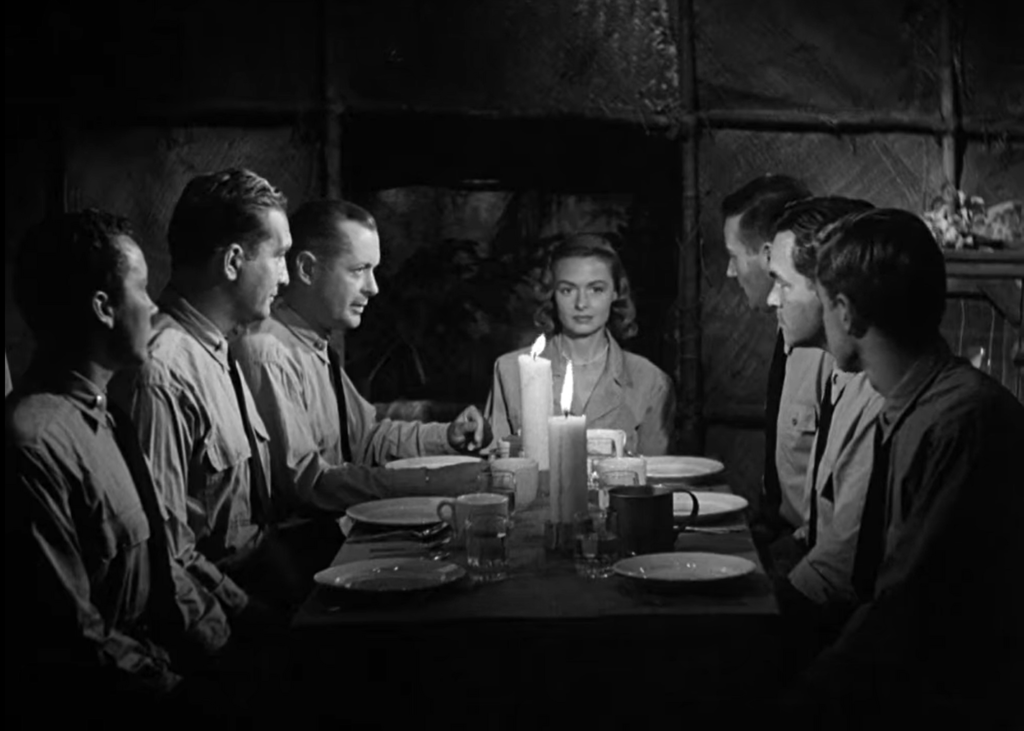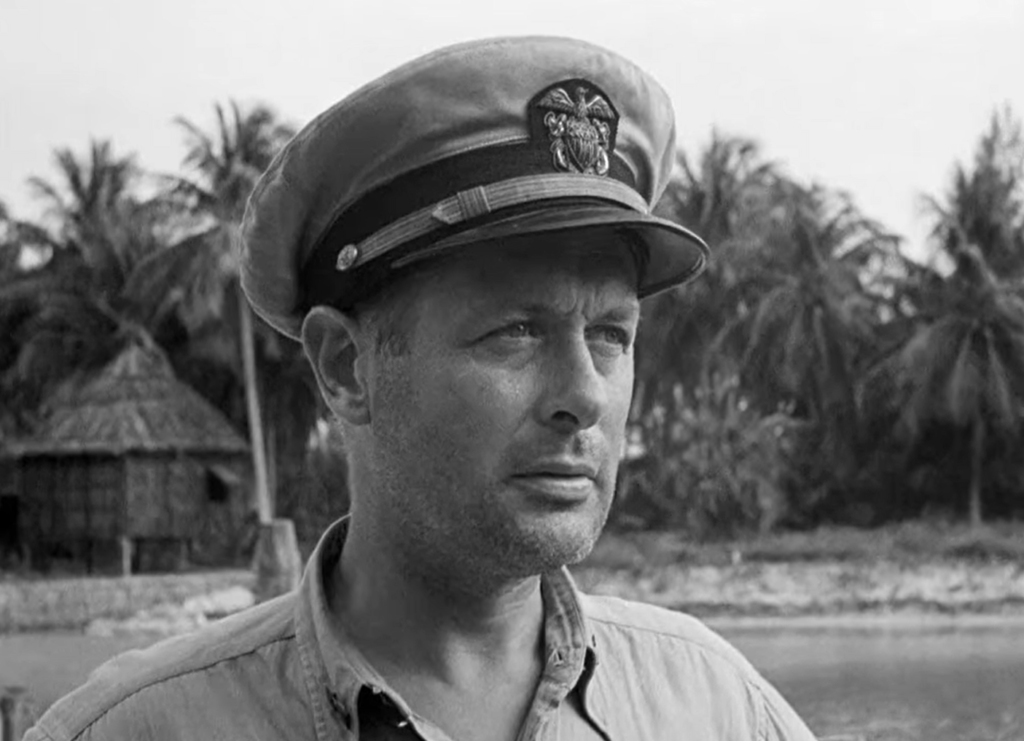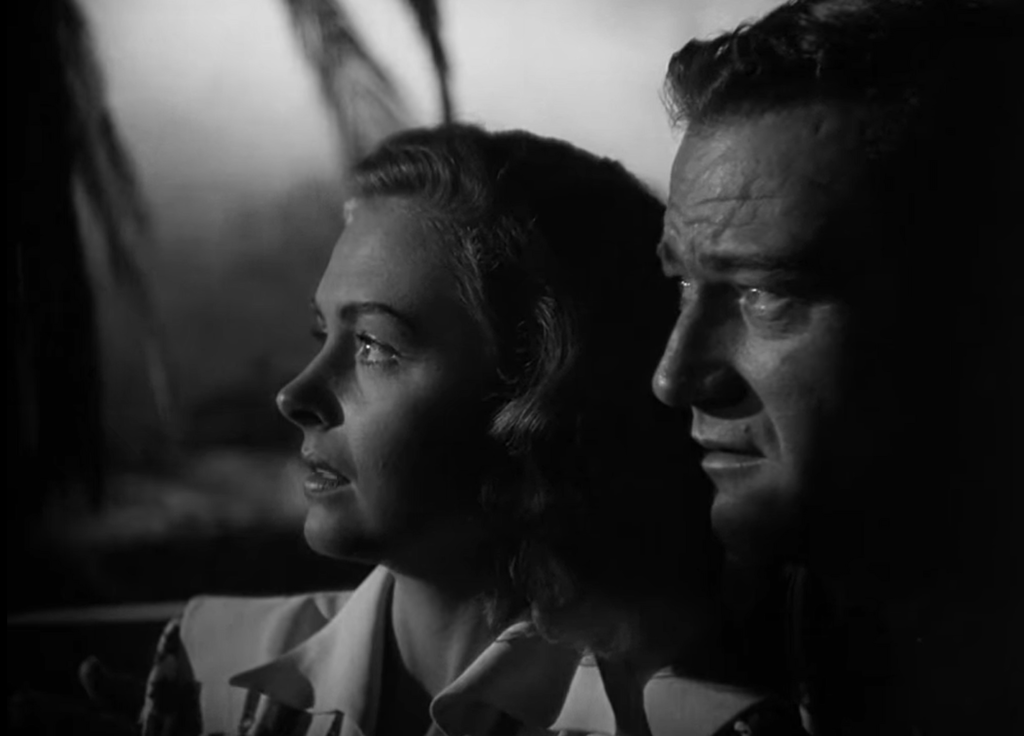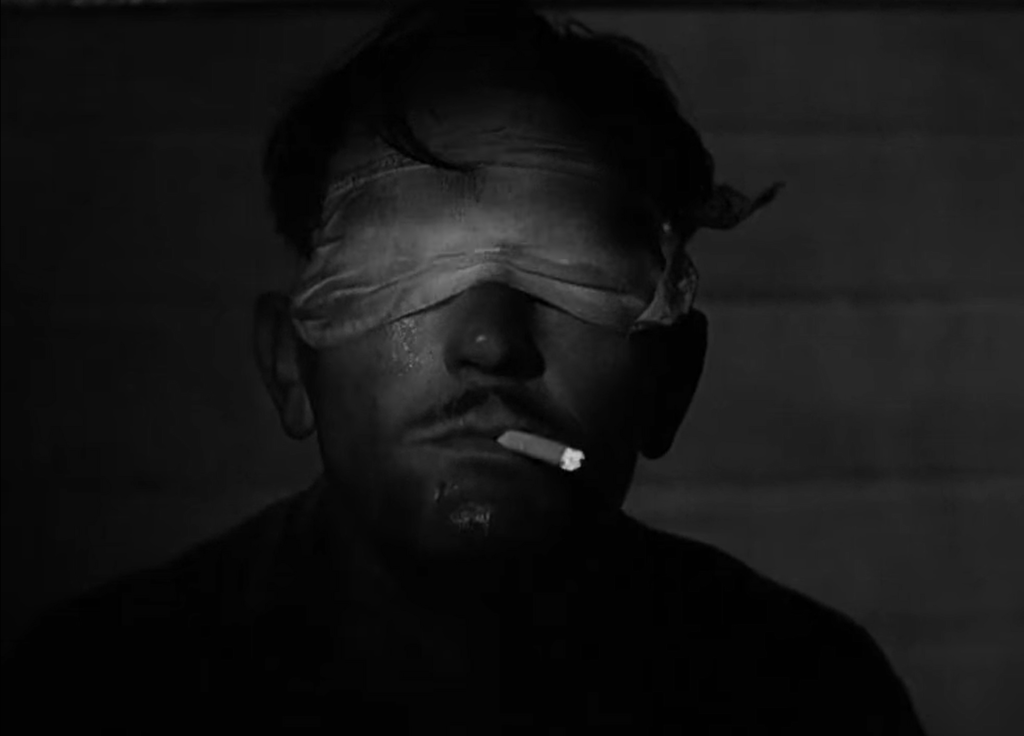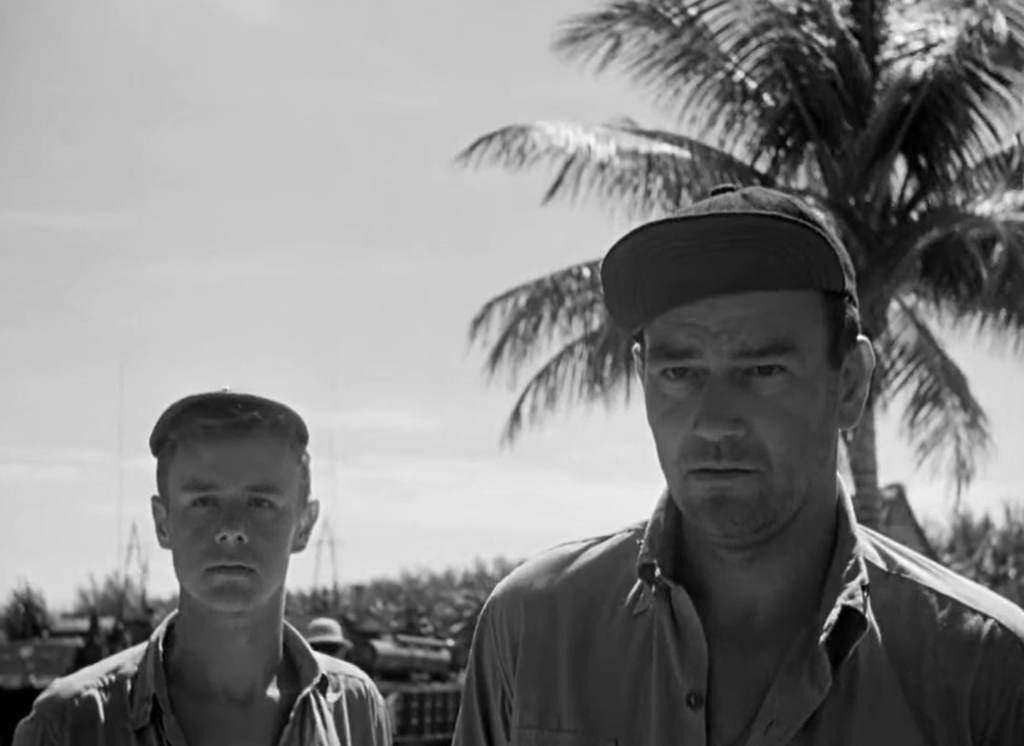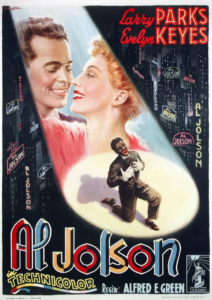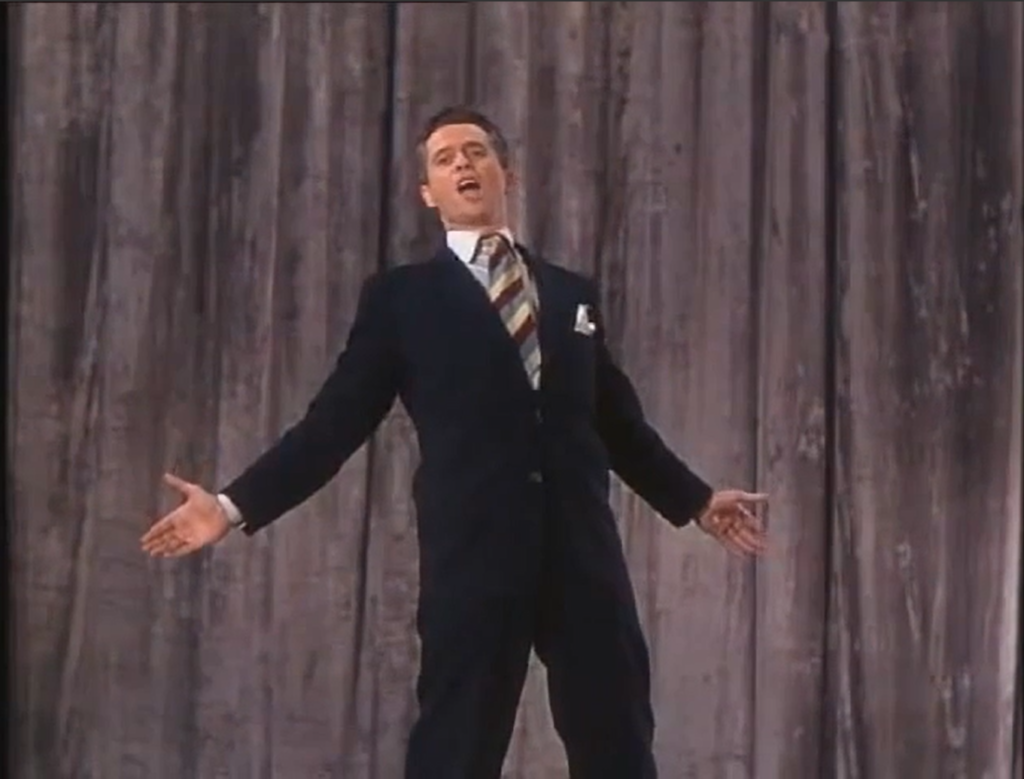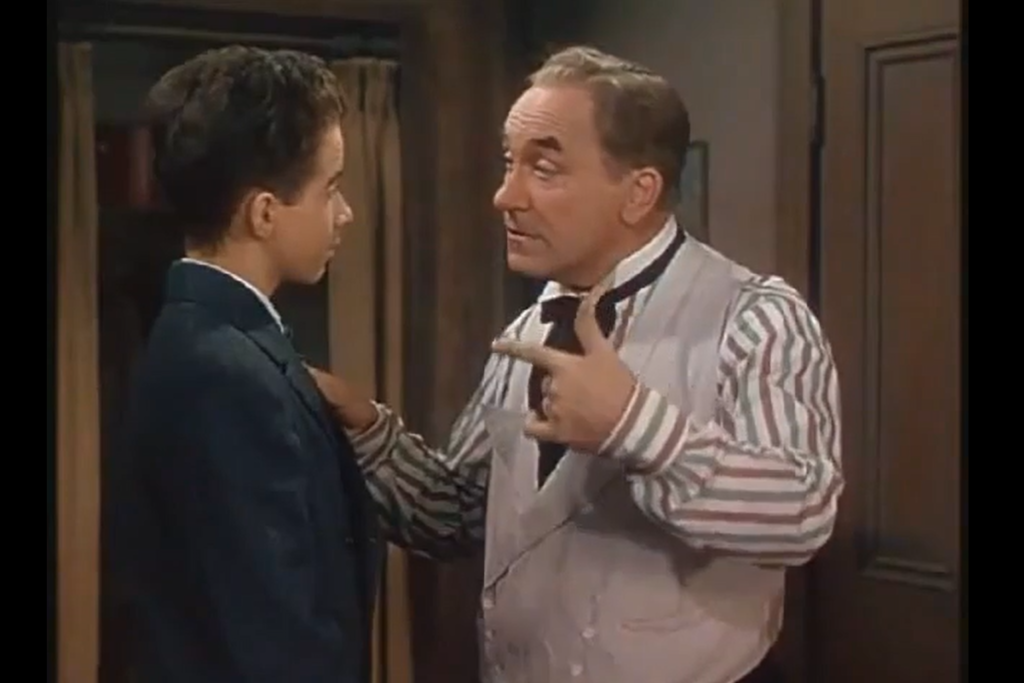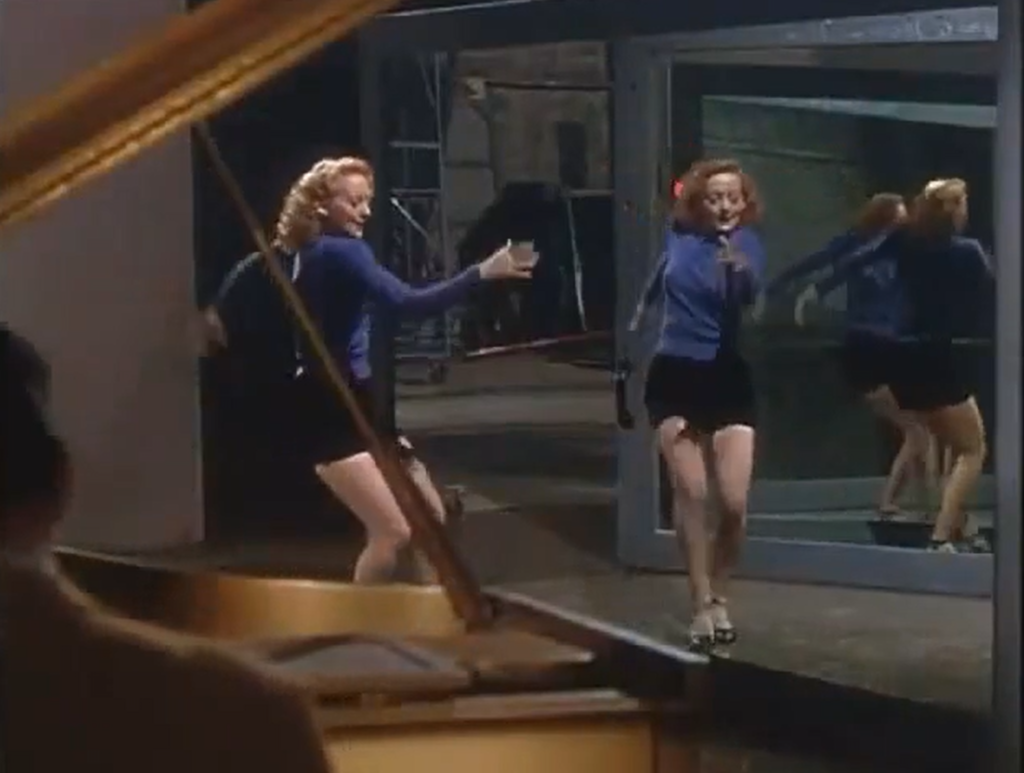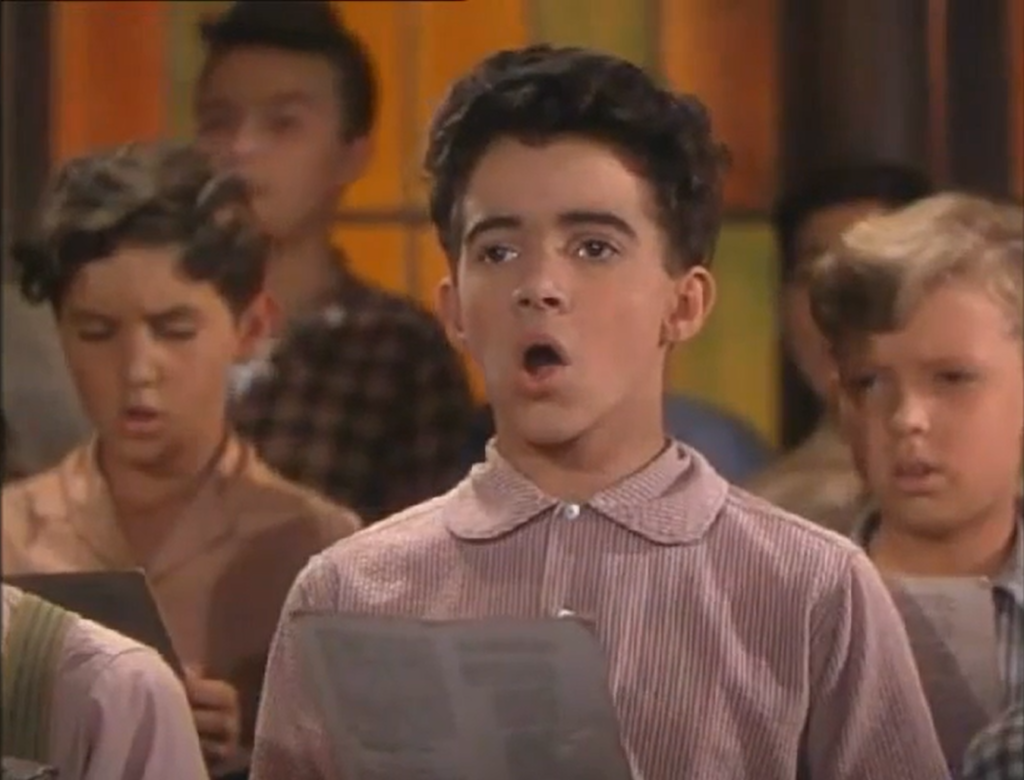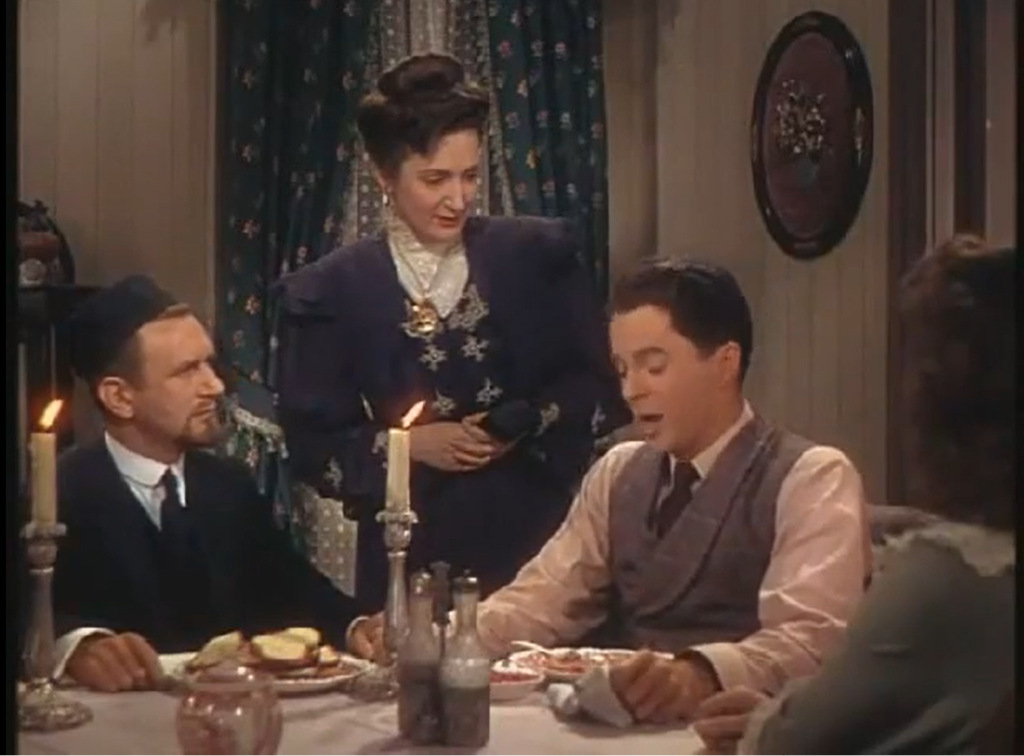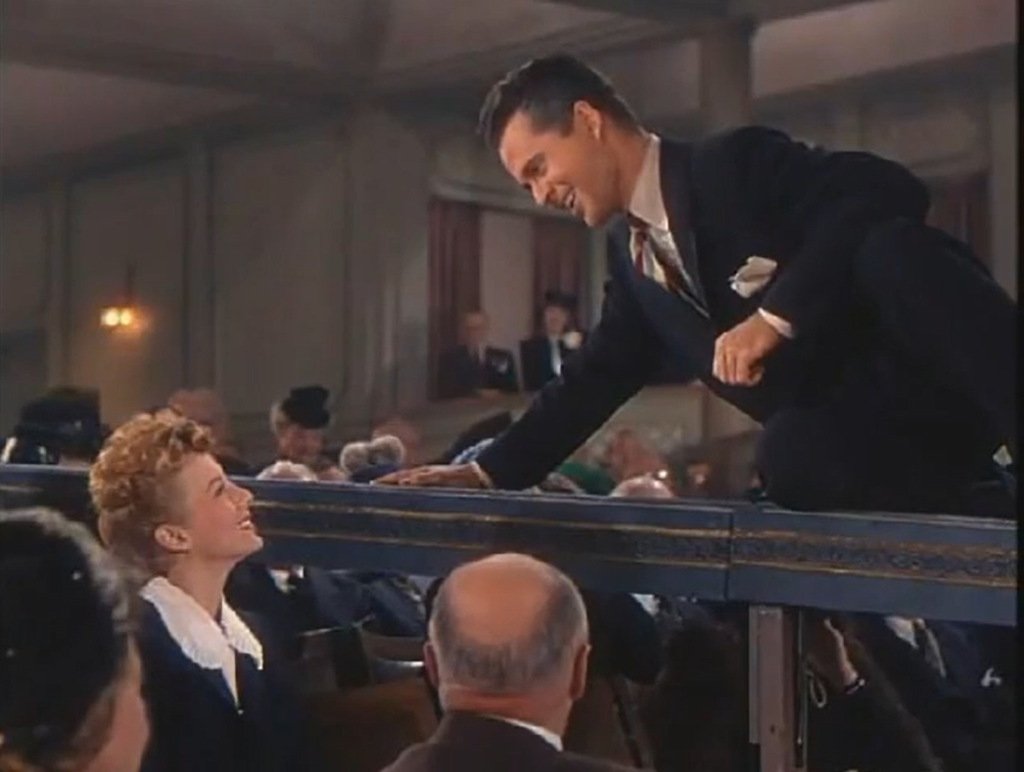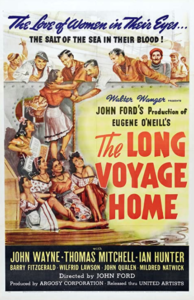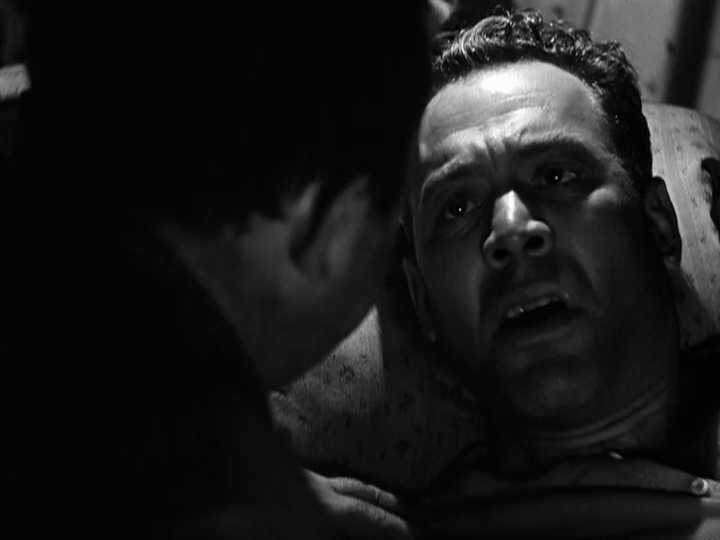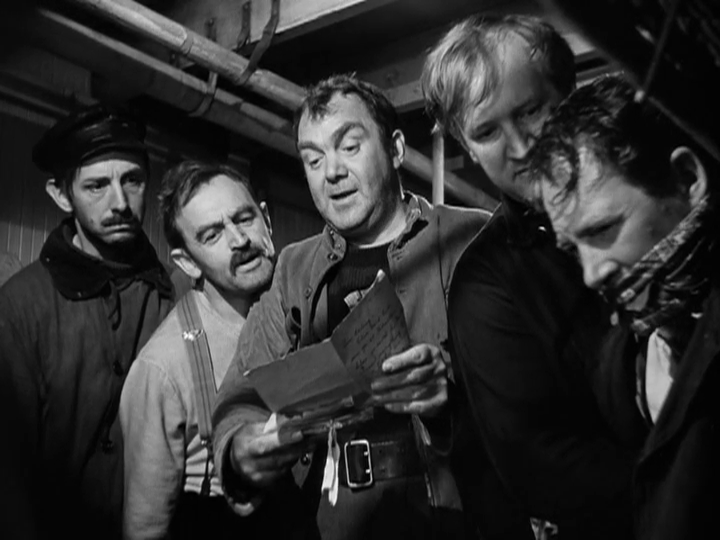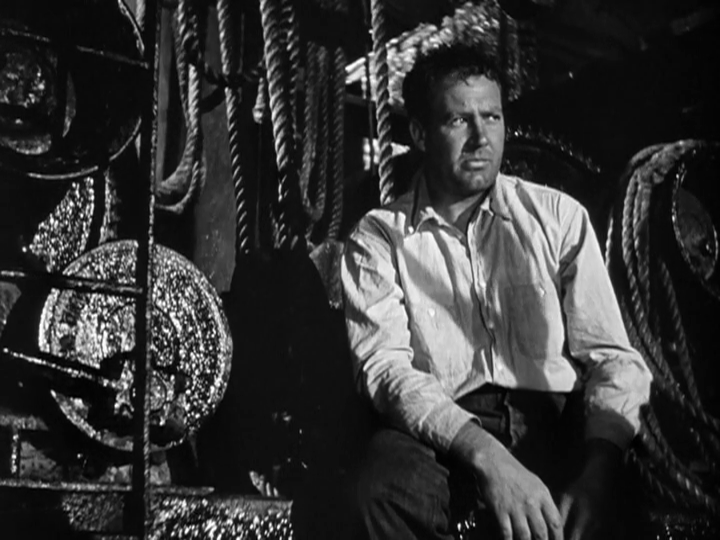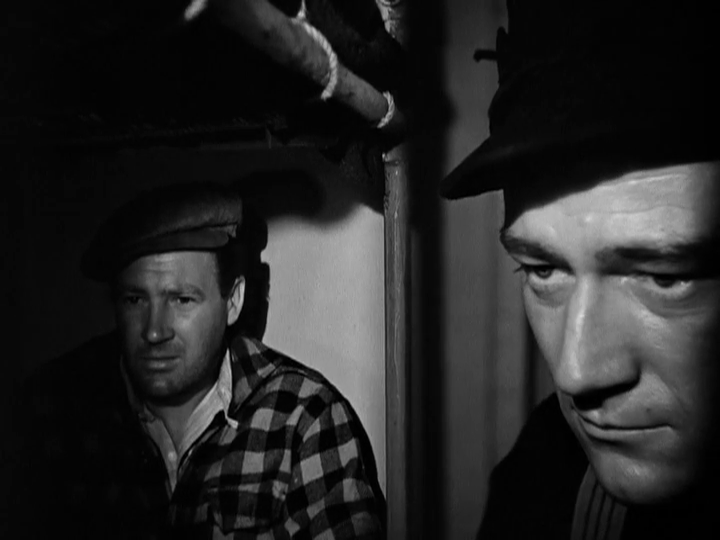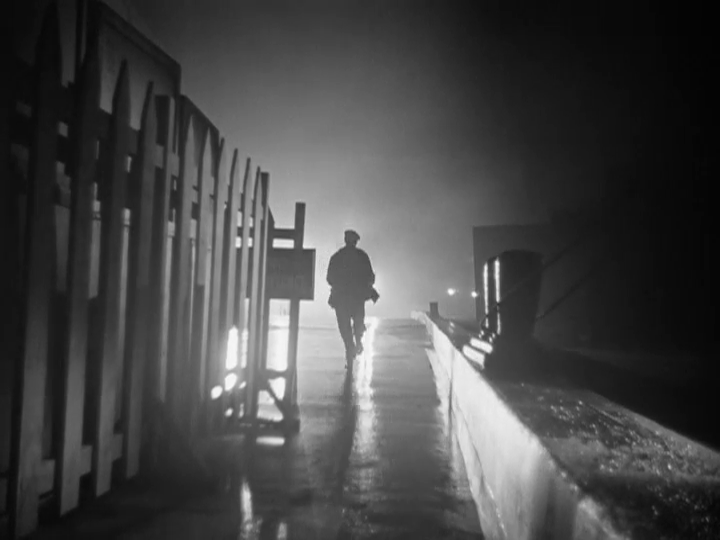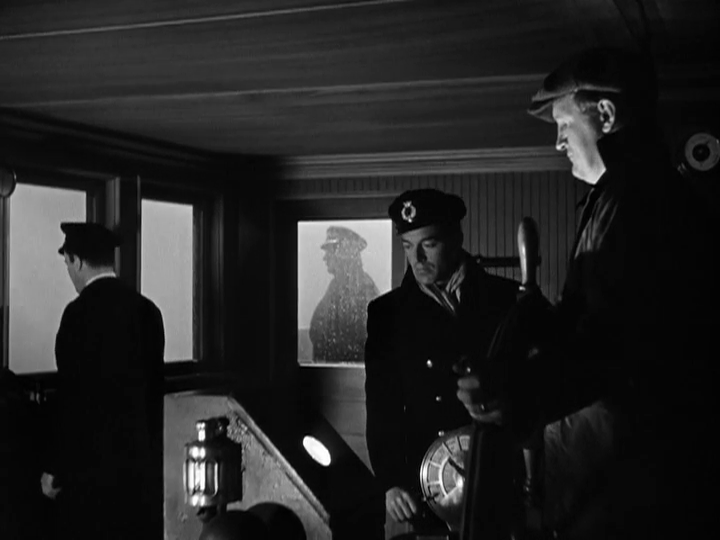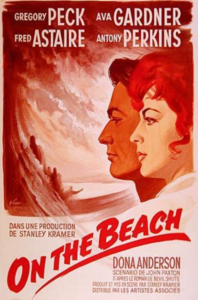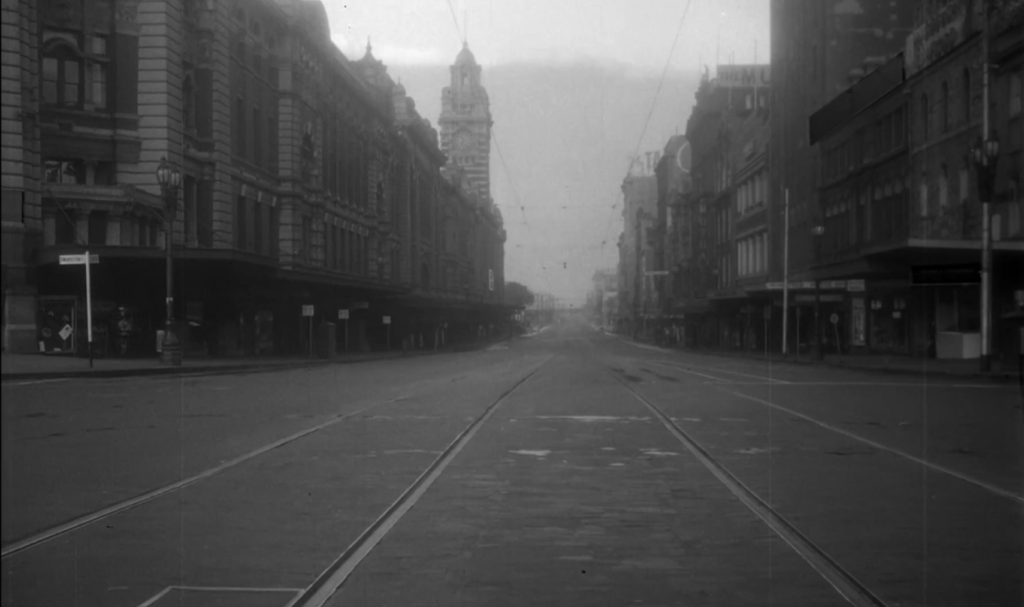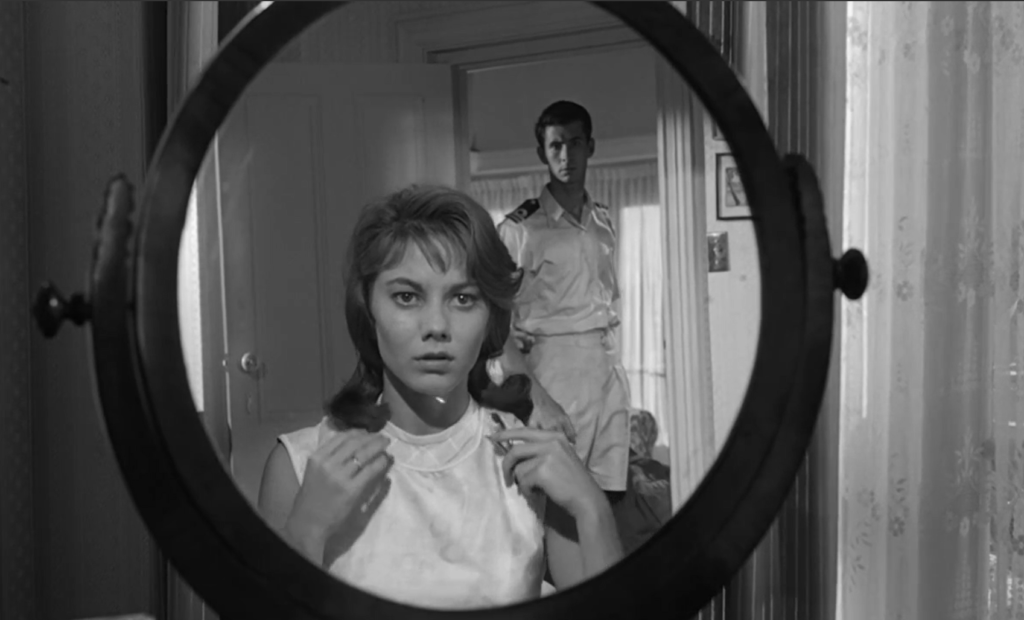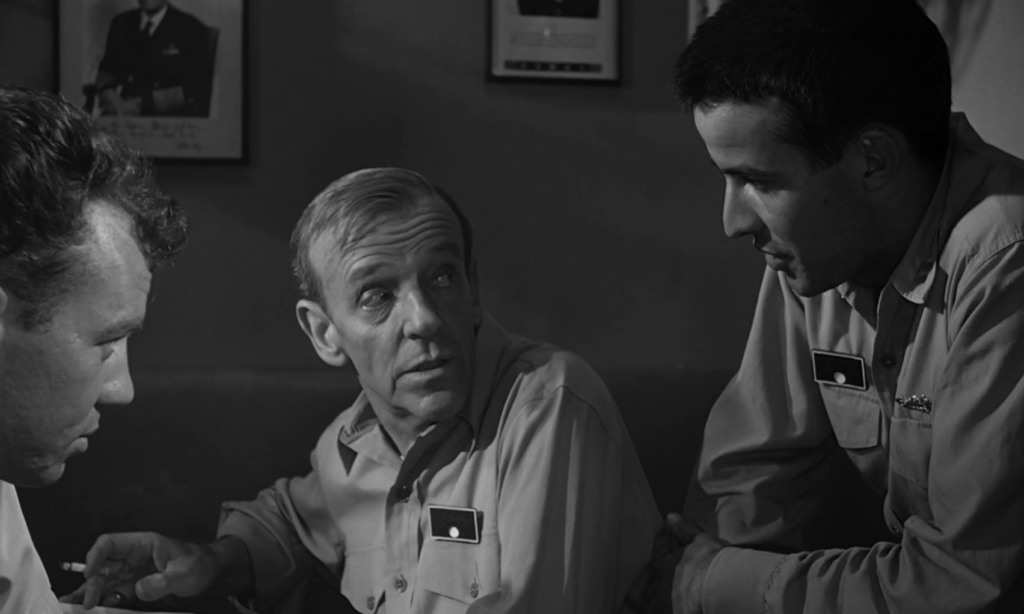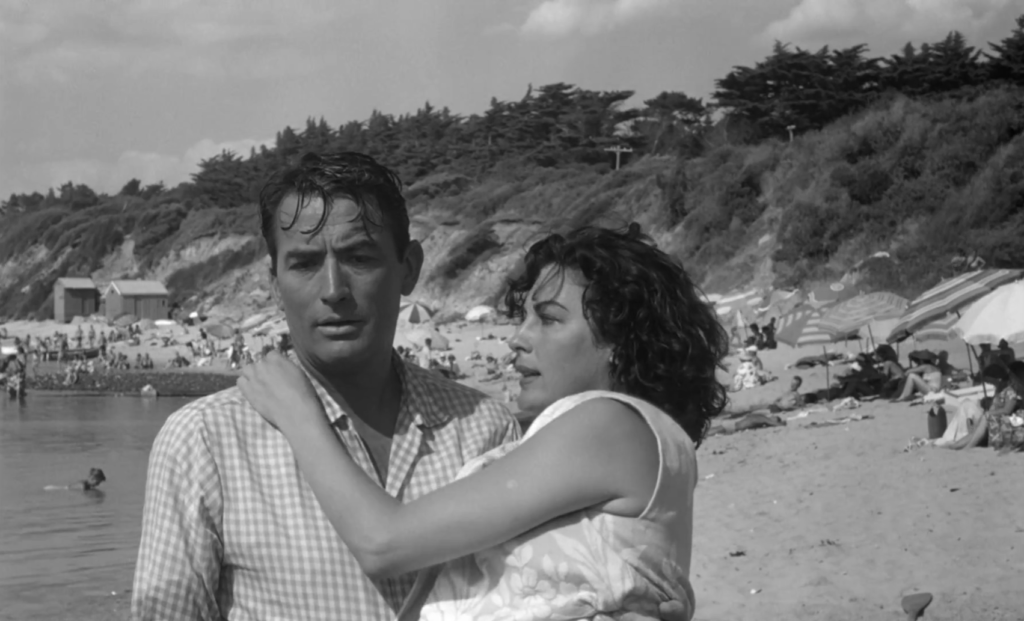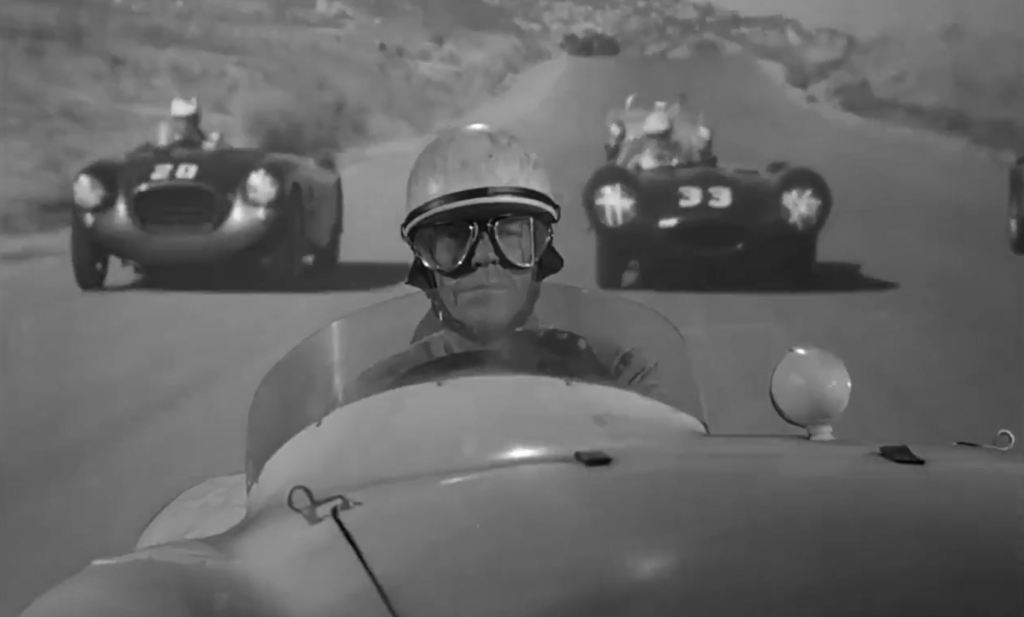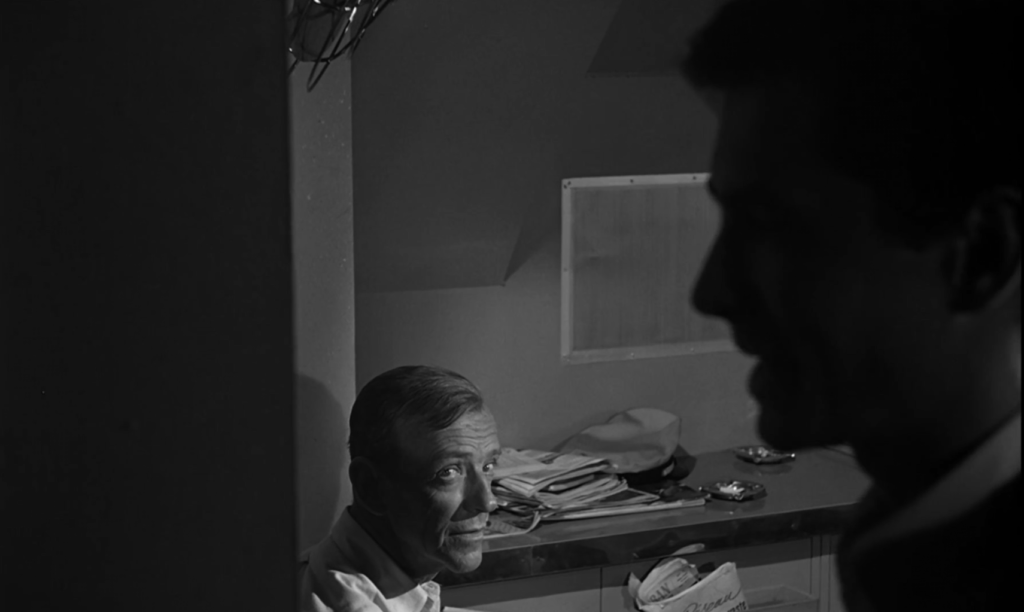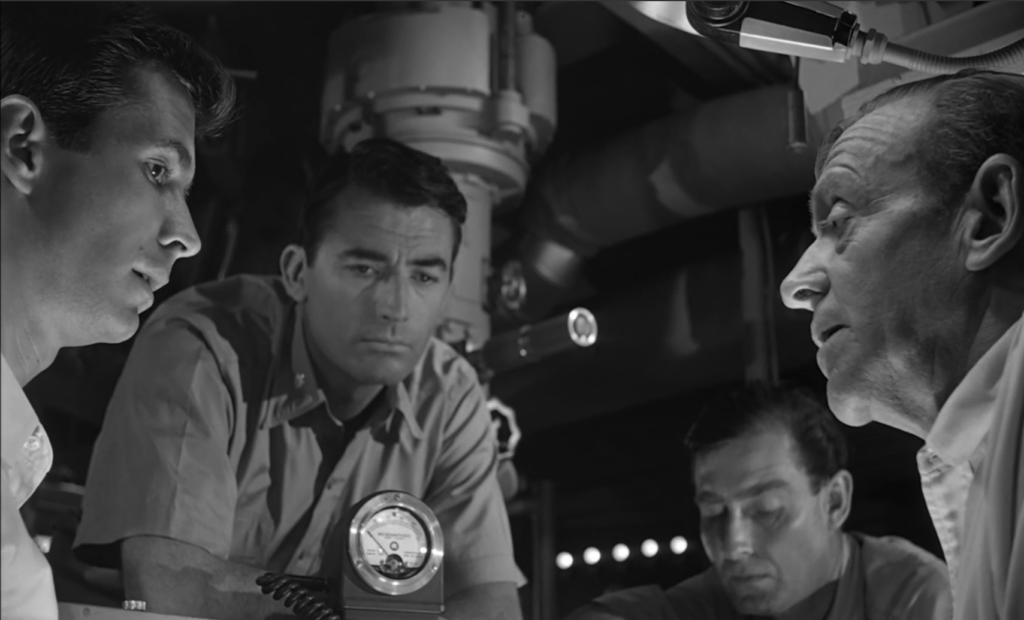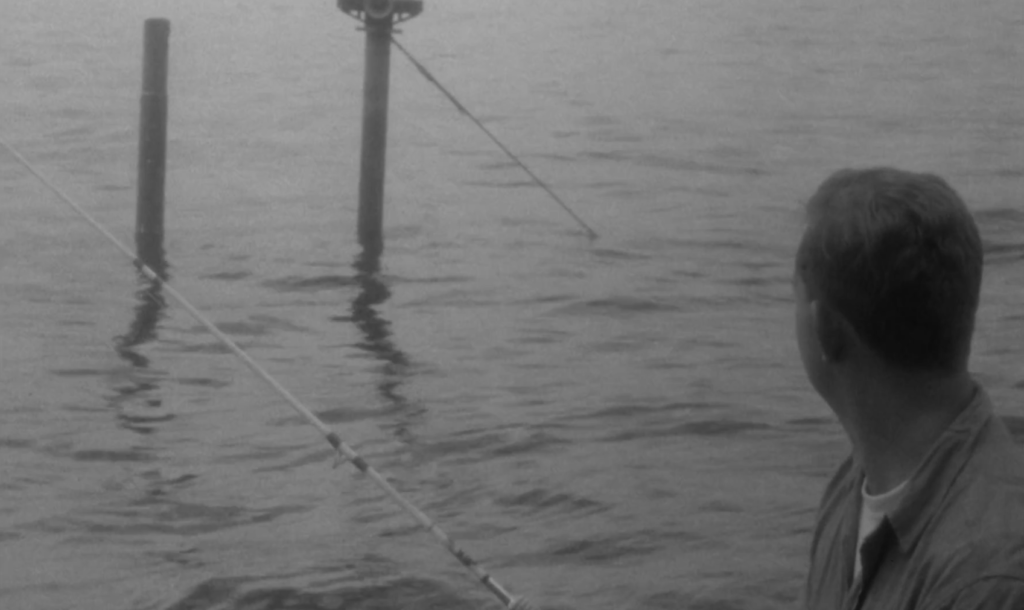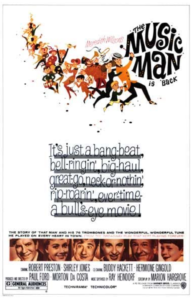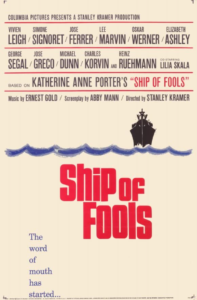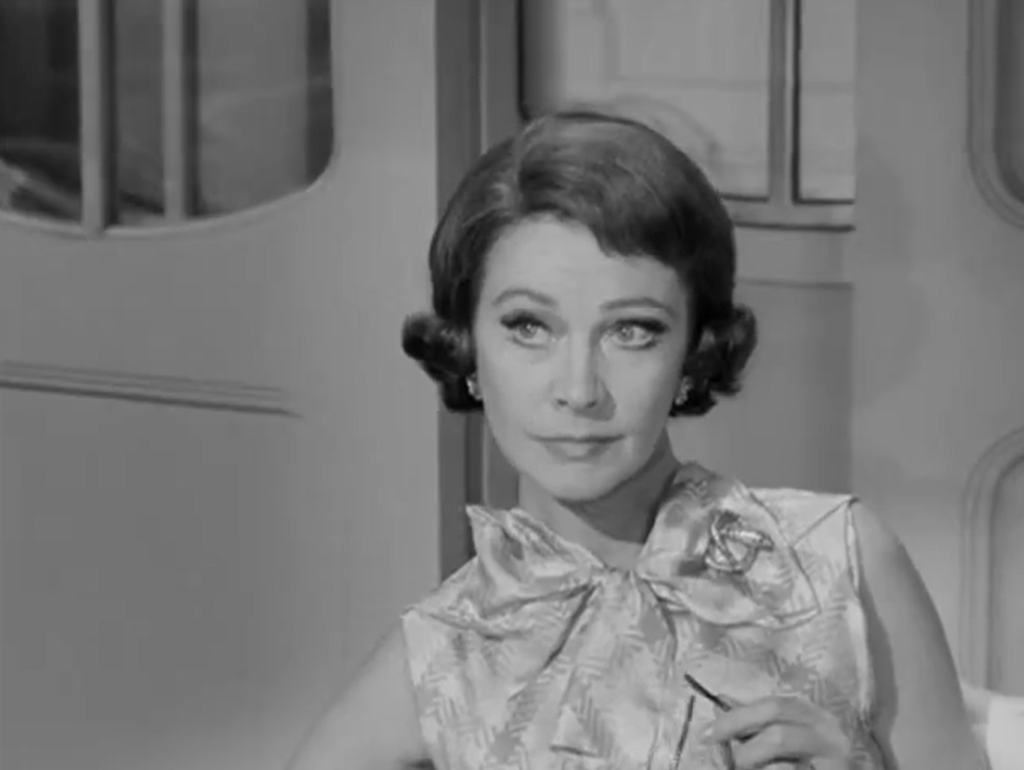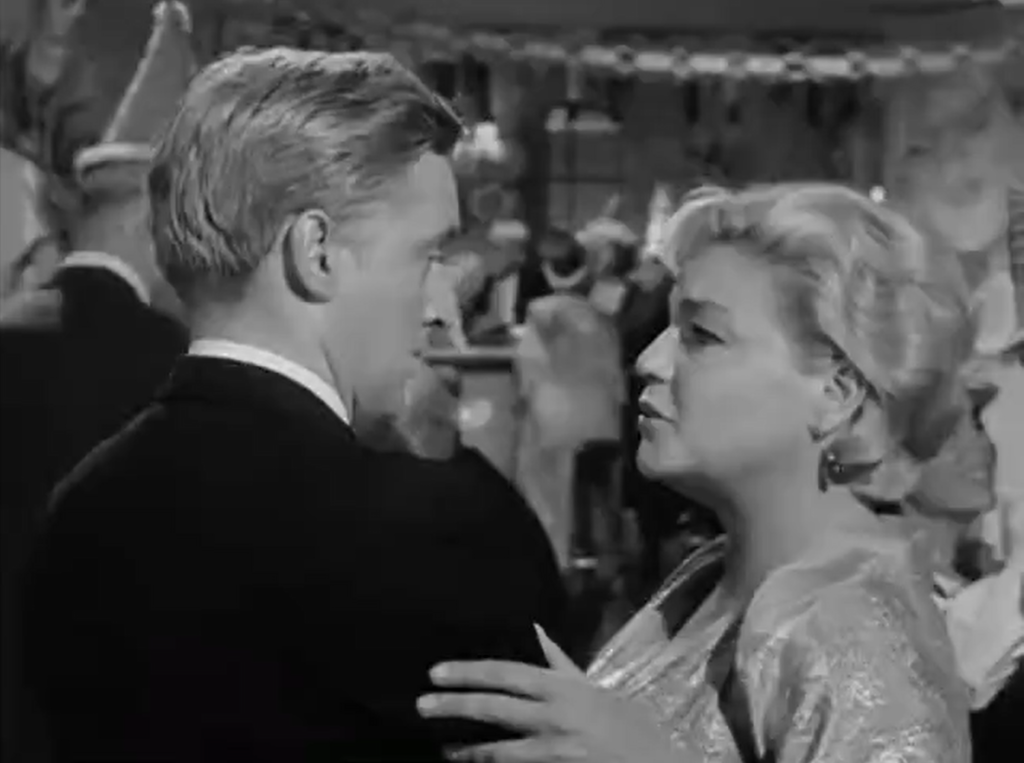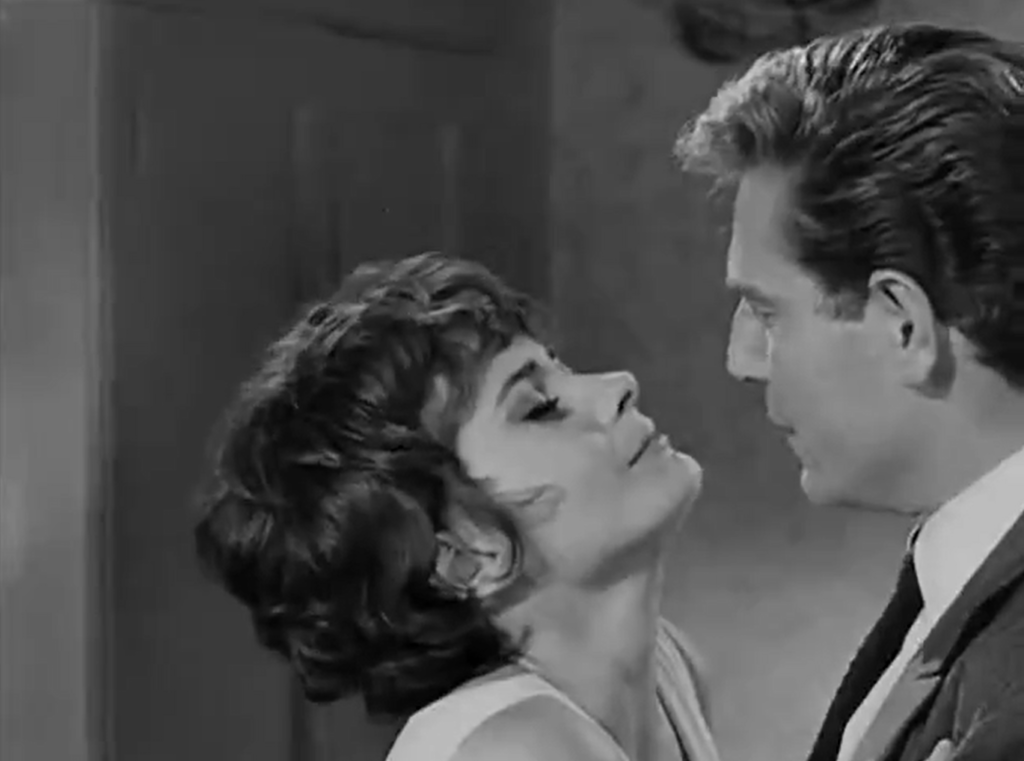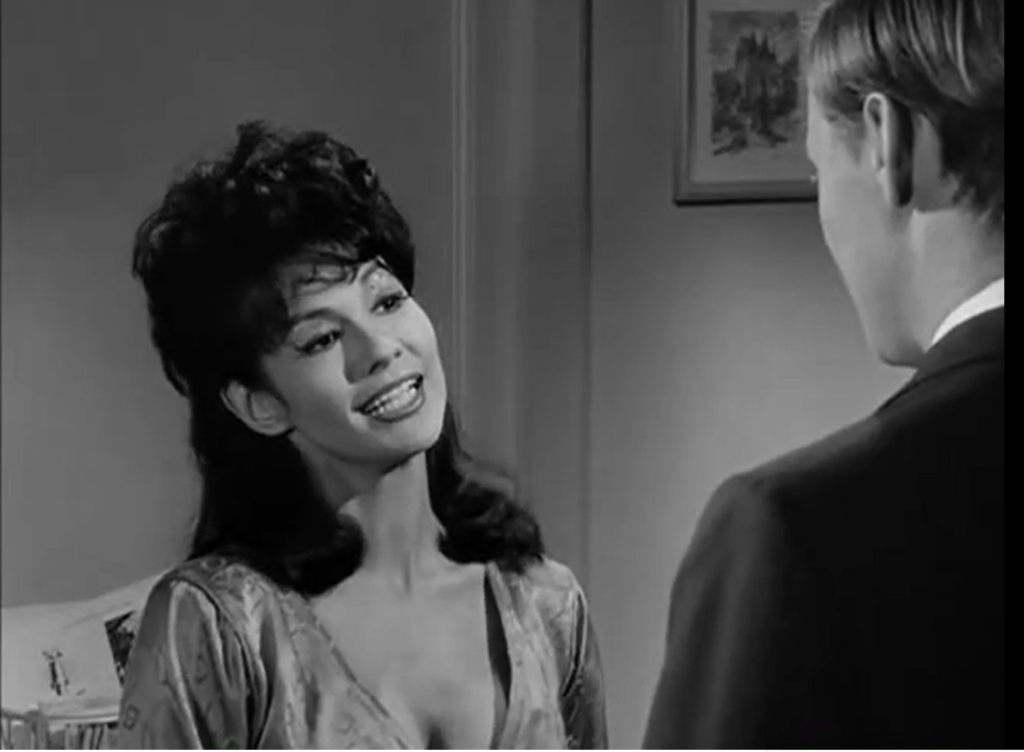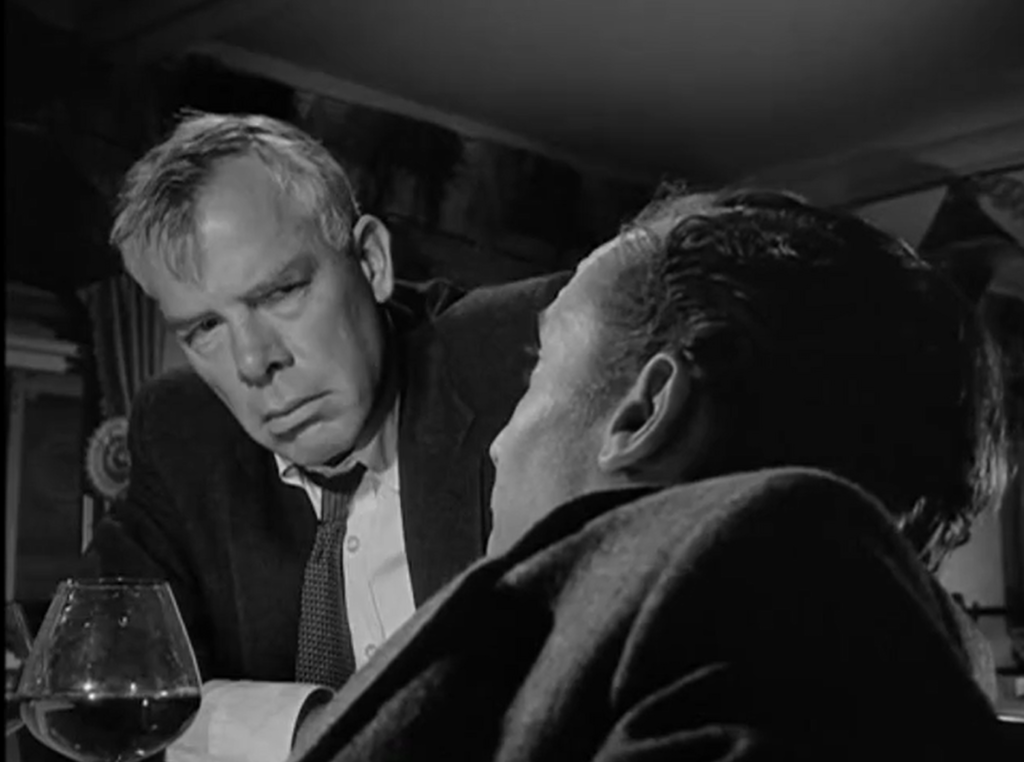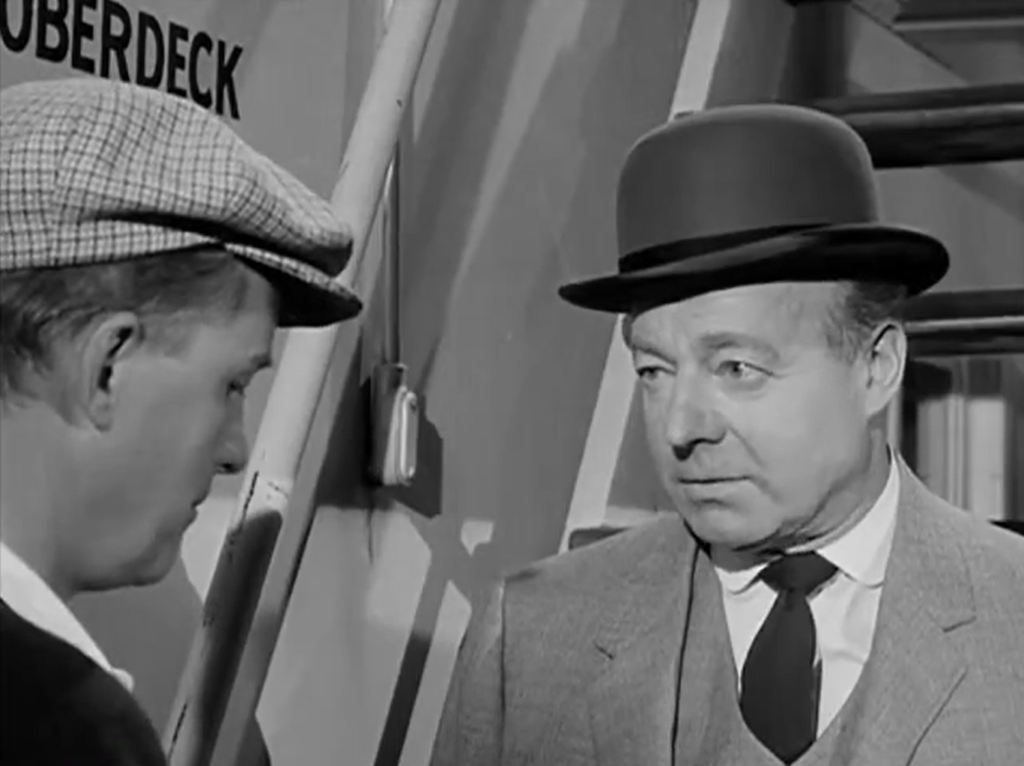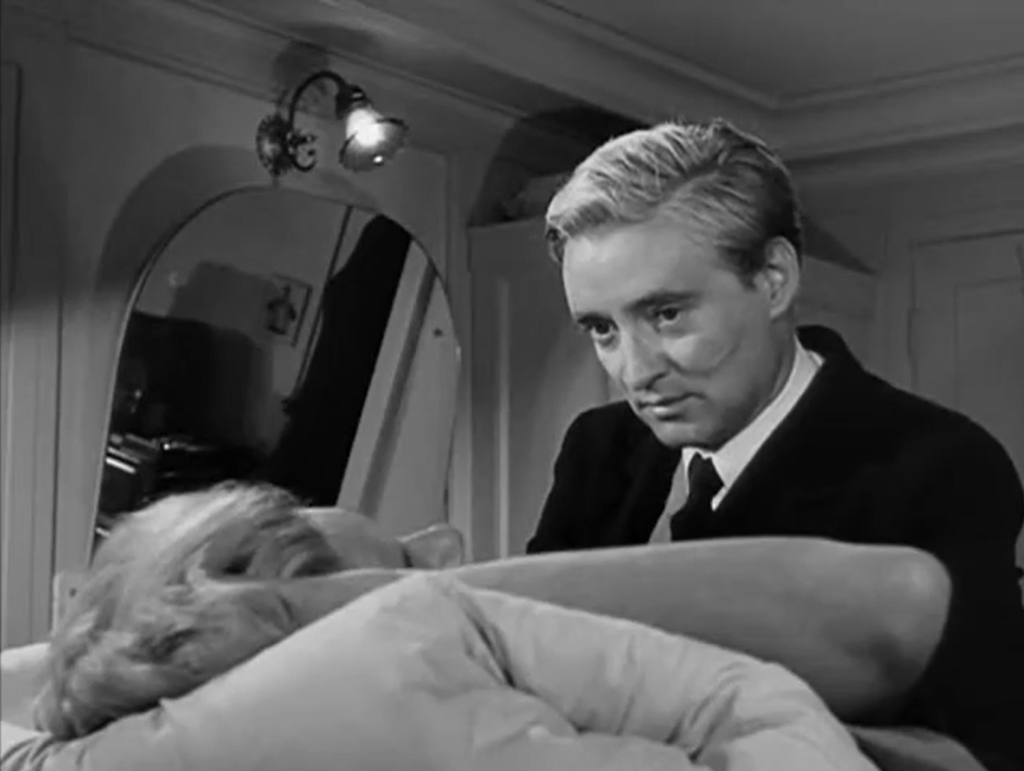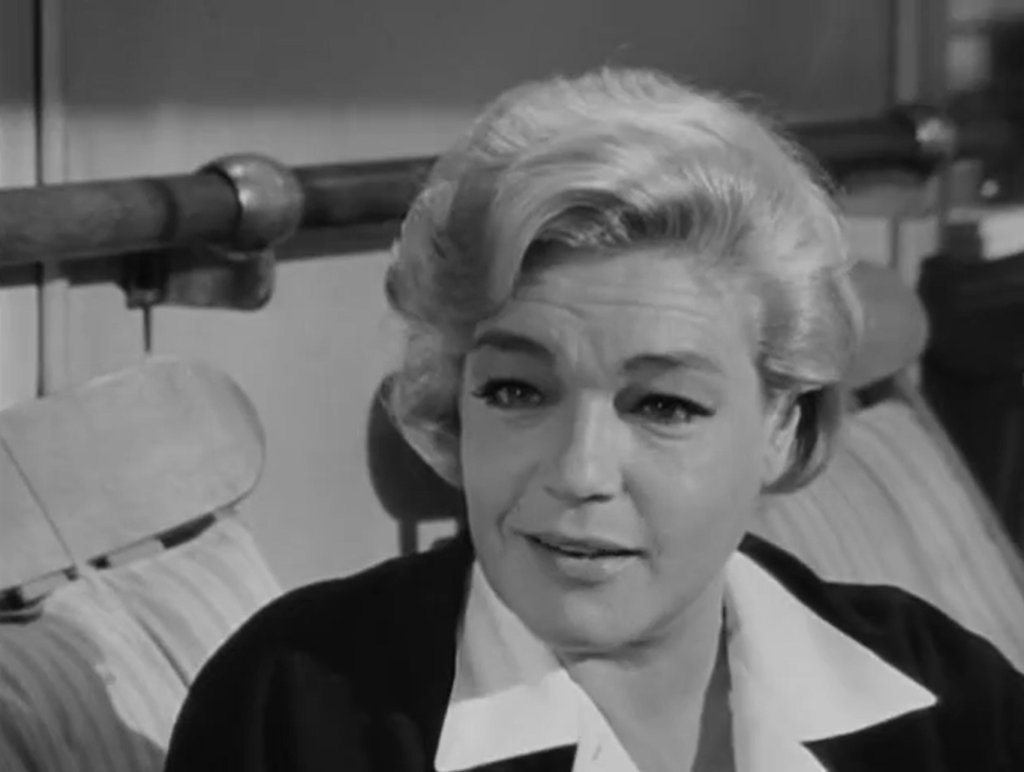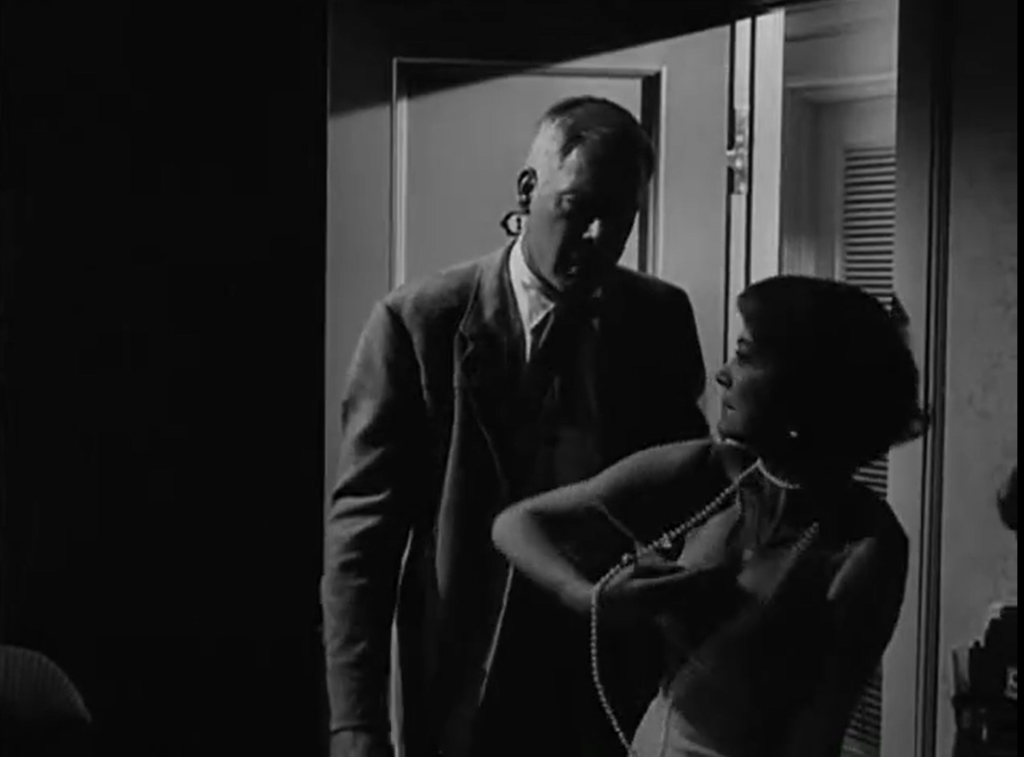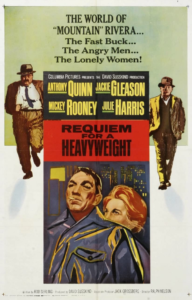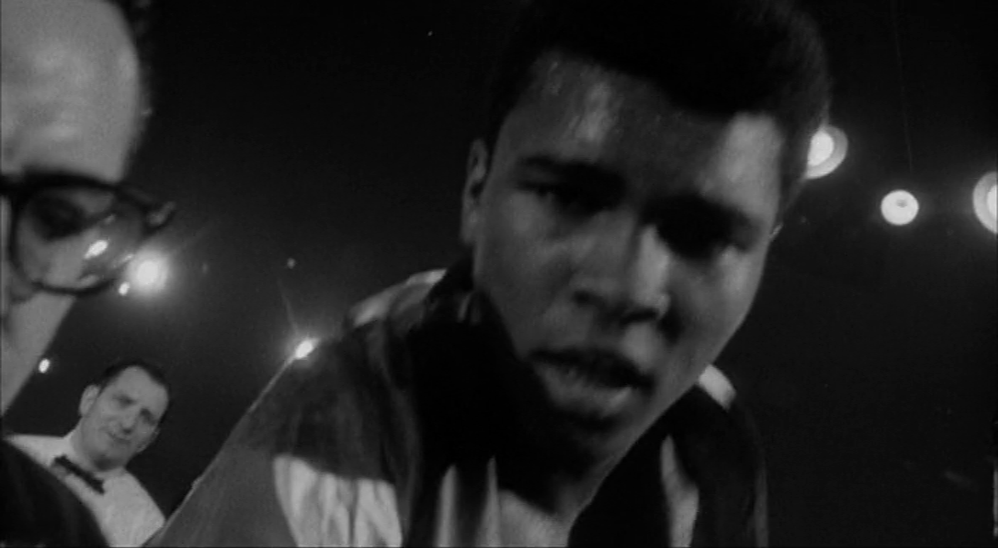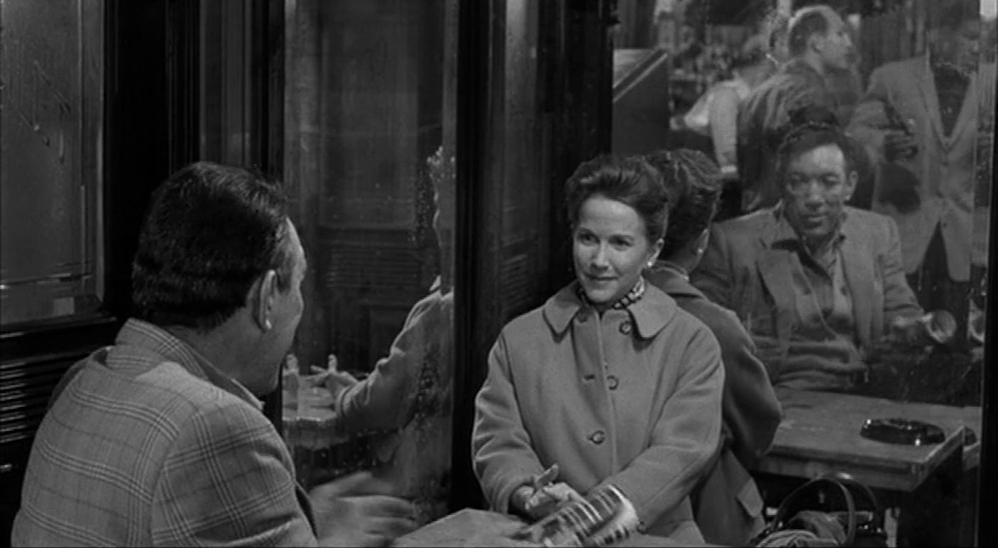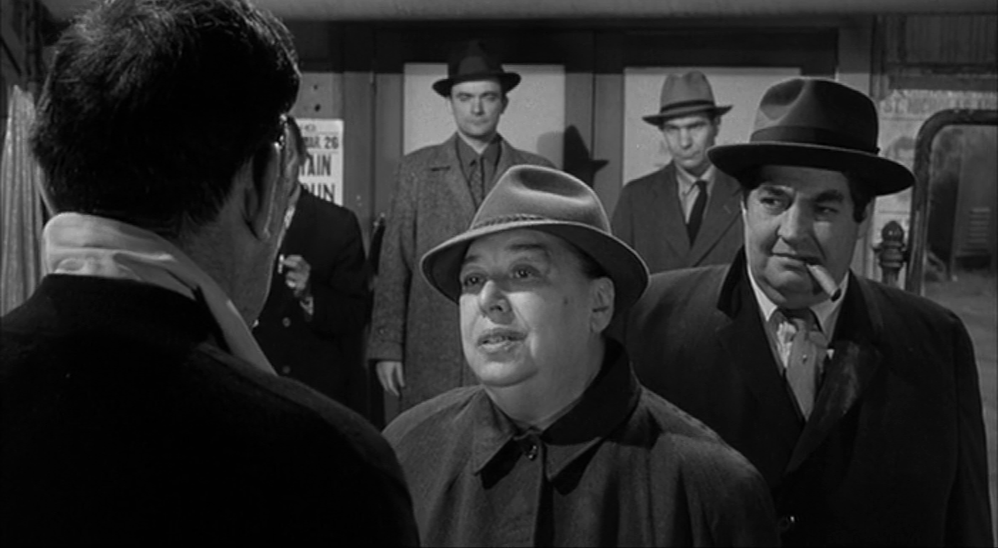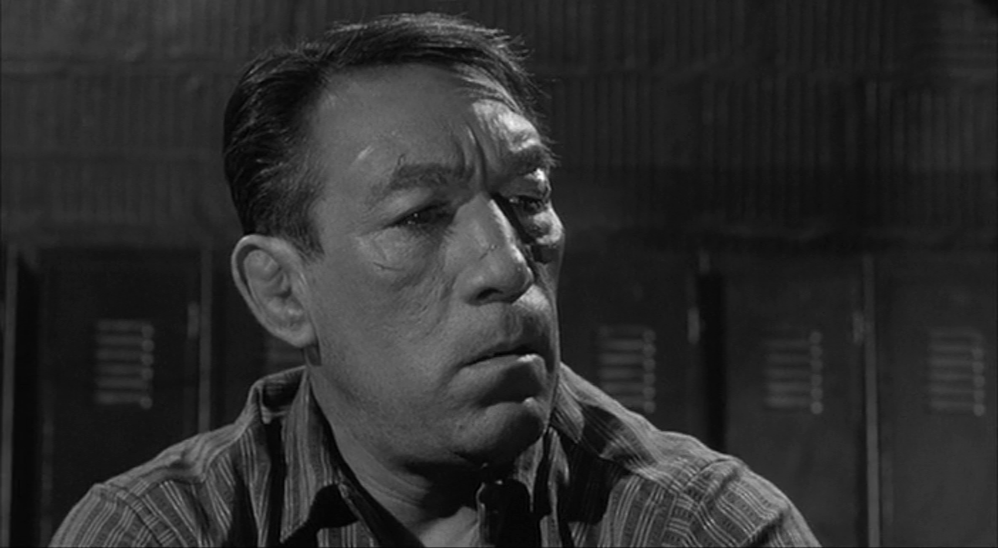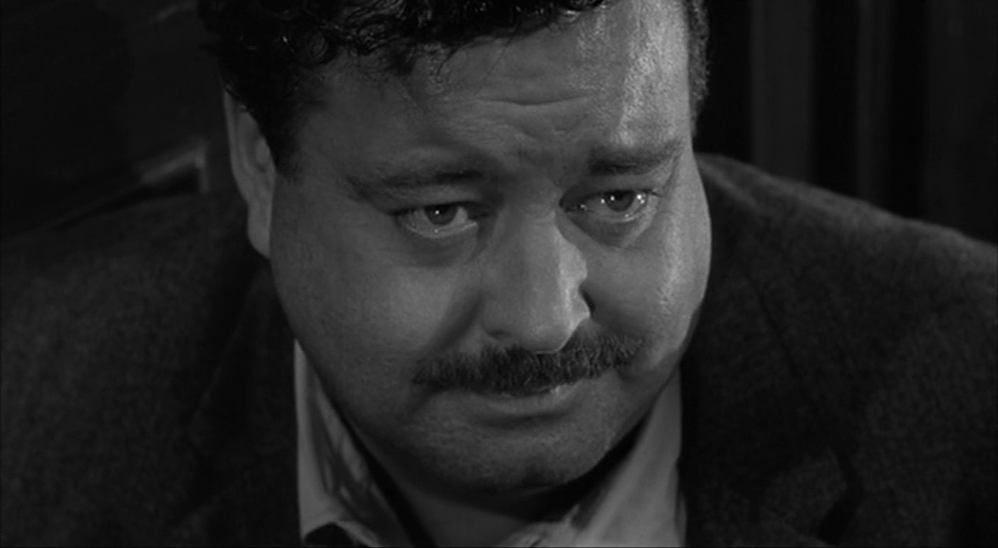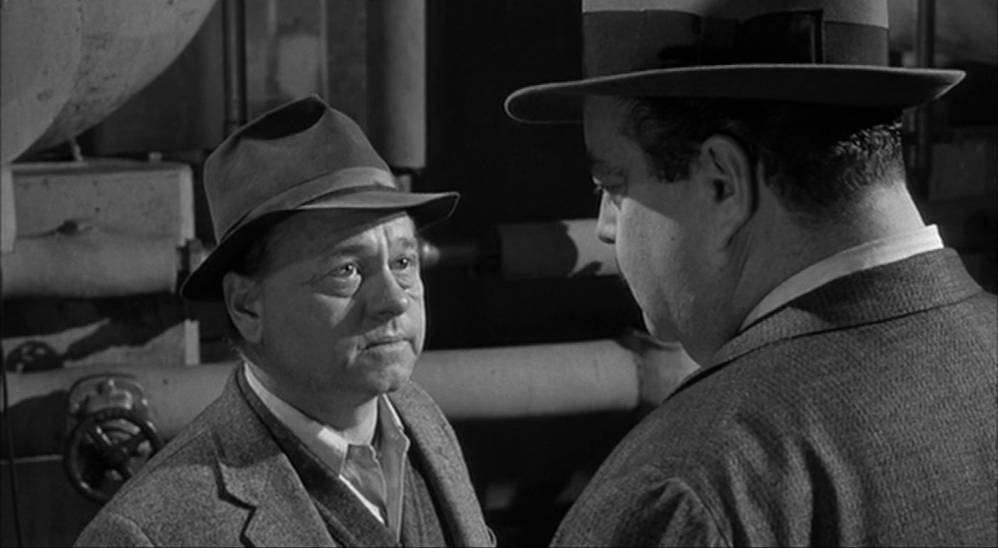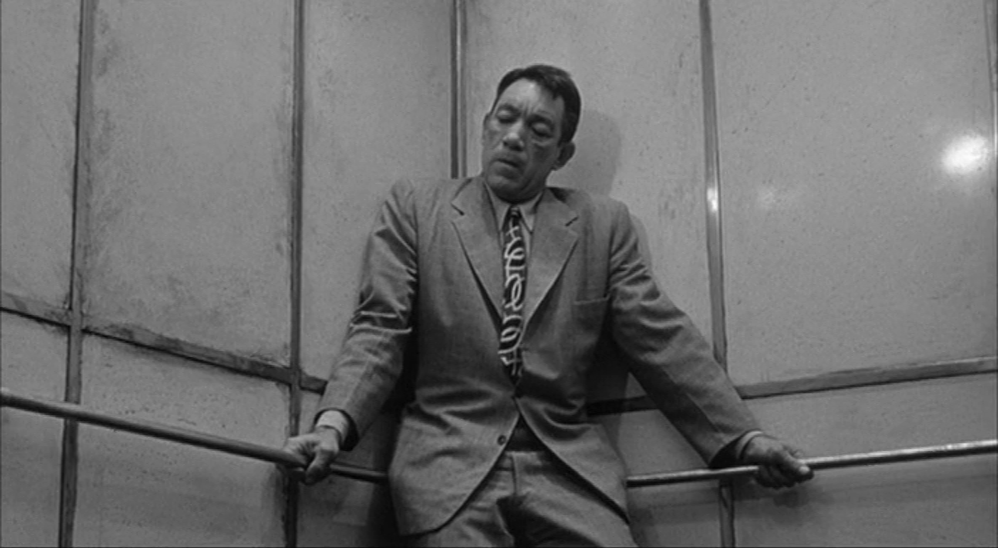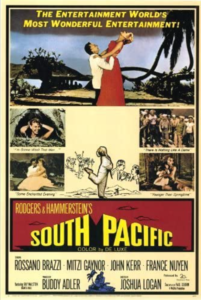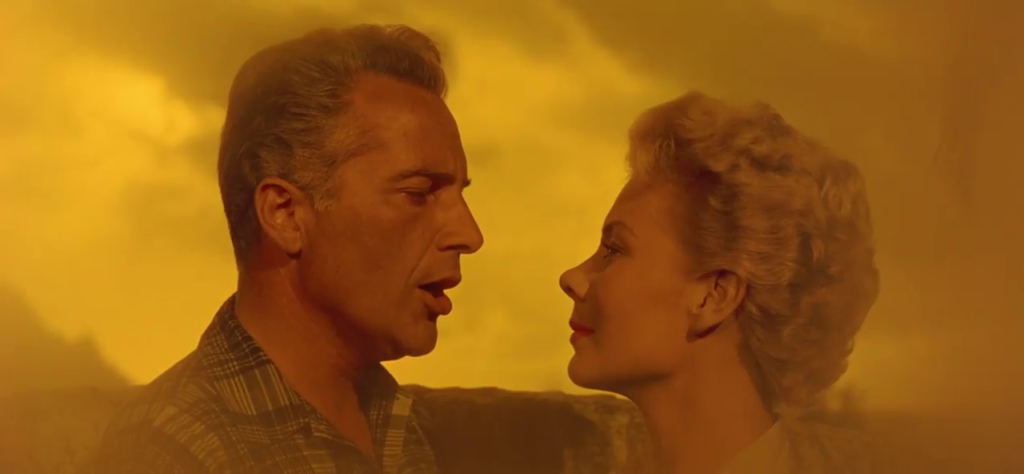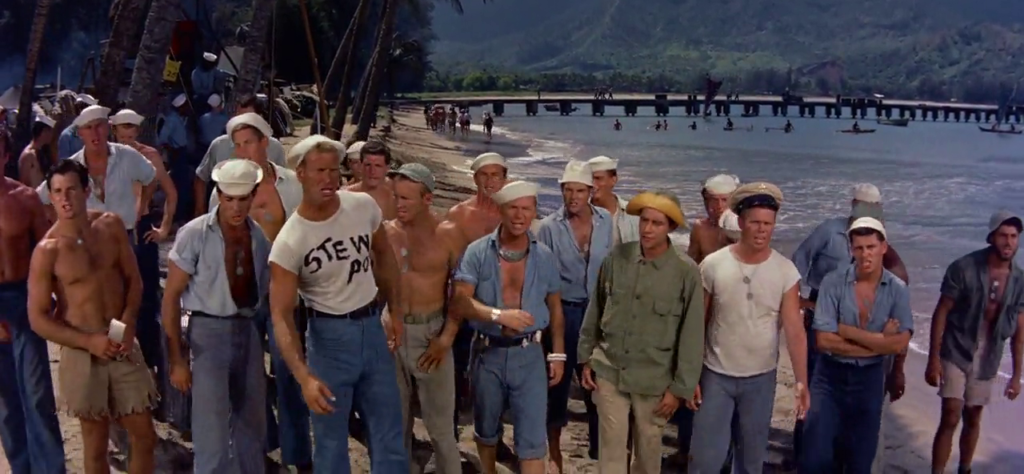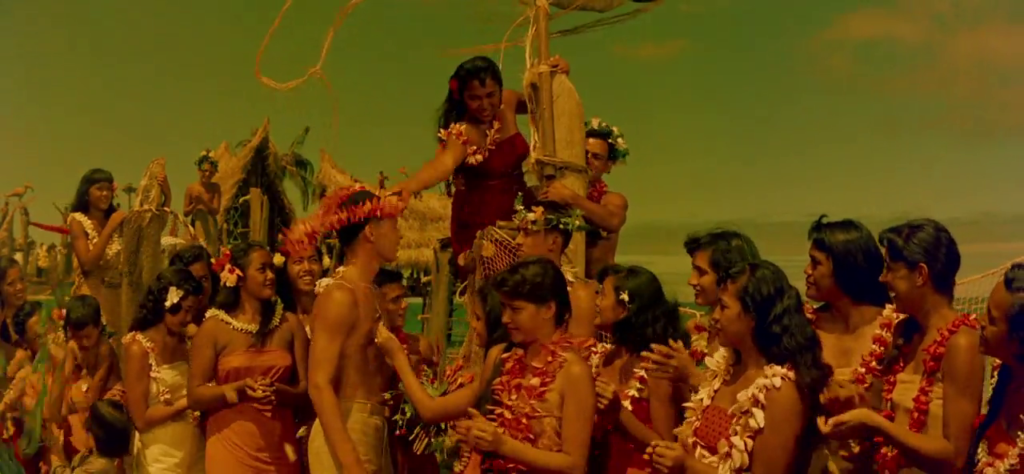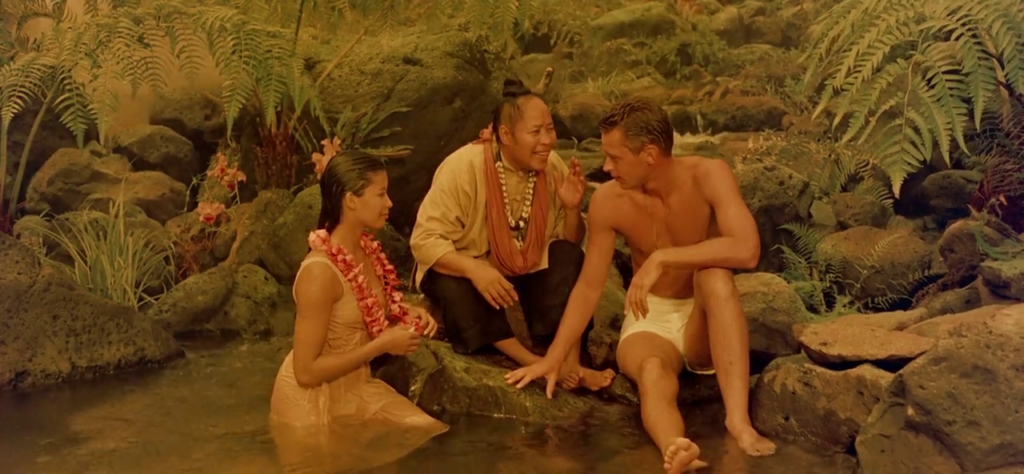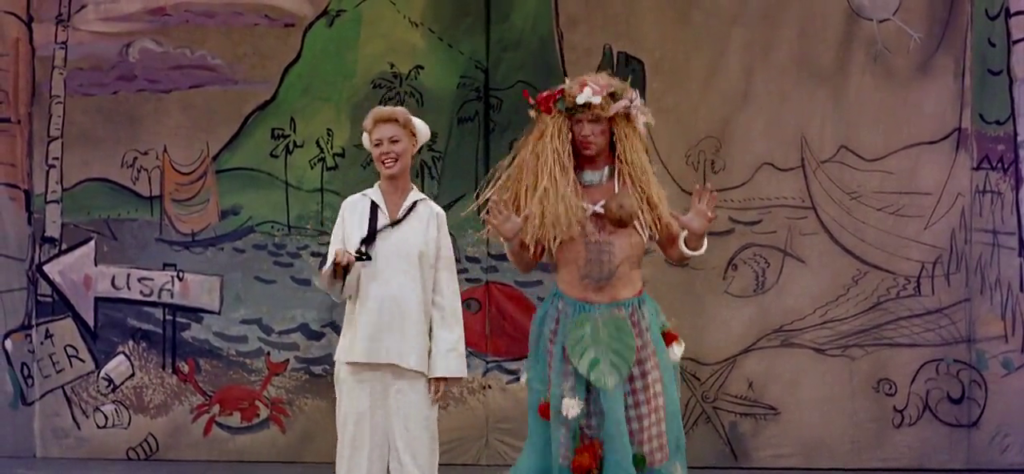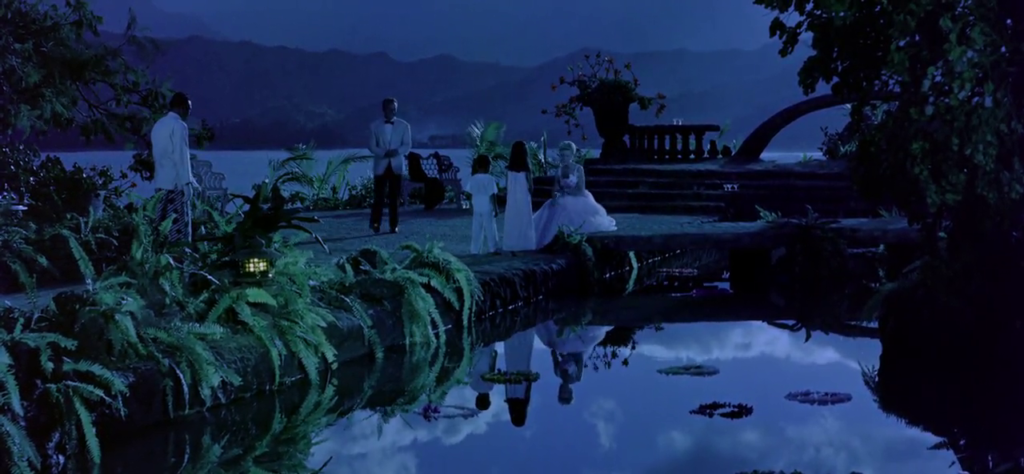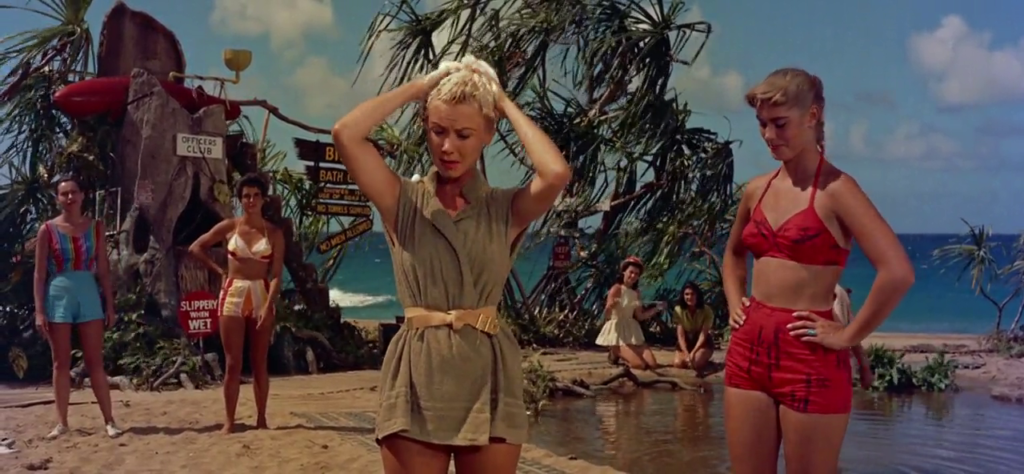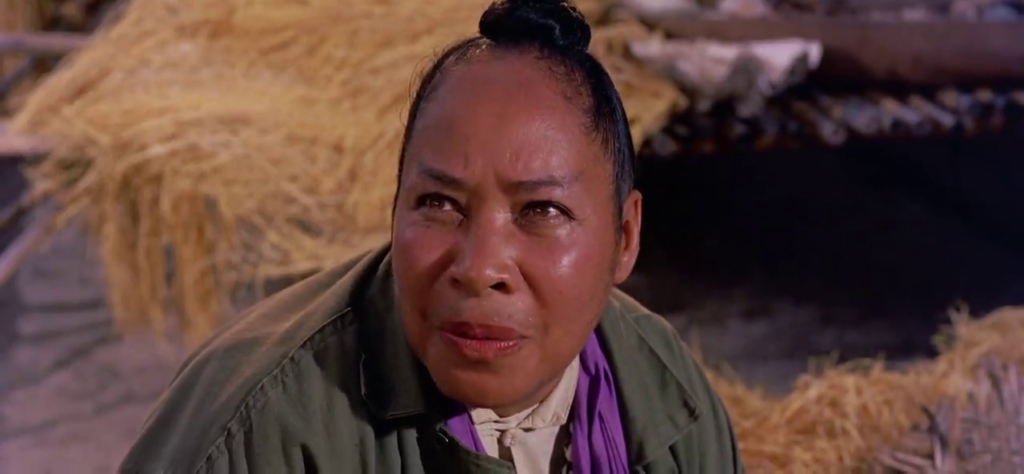|
Genres, Themes, Actors, and Directors:
- Con-Artists
- Morality Police
- Musicals
- Robert Preston Films
- Salesmen
- Shirley Jones Films
- Small Town America
Review:
Robert Preston reprised his Tony Award-winning role in this colorful Technirama adaptation of the Broadway musical, directed by Morton DaCosta (who earlier helmed Aunt Mame — not listed in GFTFF). It’s filled with enjoyable musical acts, beginning with a trainful of salesmen chant-singing “Rock Island” while getting us instantly up to speed on who the infamously slippery “music man” (currently going by the moniker “Professor Hall”) really is:

From there, nearly every song cleverly moves the narrative forward. “Iowa Stubborn,” for instance, shows us the temperament of the conservative town Hall has come to visit and work with:
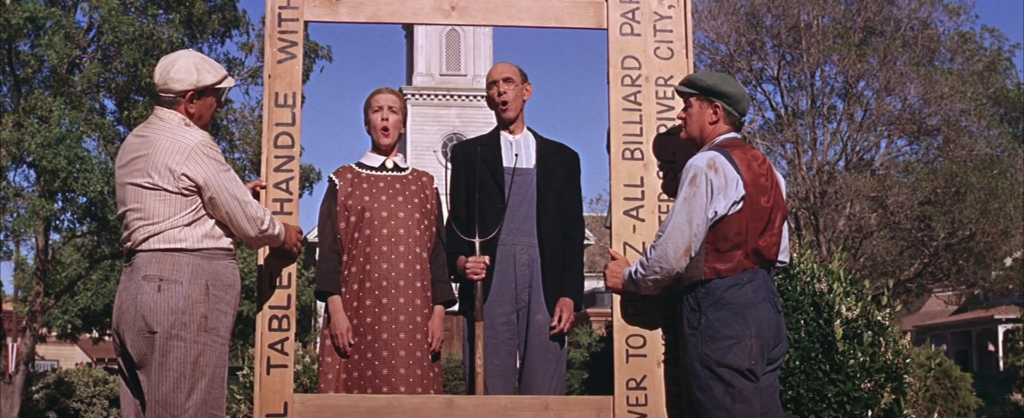
Oh, there’s nothing halfway,
About the Iowa way to treat you,
When we treat you,
Which we may not do at all!
… and once Hall discovers the town’s Achilles heel (the arrival of a brand new billiards table), he exploits it to the nth degree (as sung in “Ya Got Trouble”):

Friend, either you’re closing your eyes
To a situation you do not wish to acknowledge
Or you are not aware of the caliber of disaster indicated
By the presence of a pool table in your community.
Jones and her mother and brother enter the picture next, and we come to understand she’s seeking a romantic partner, but not just anyone — rather, with that special “someone” who she sings goodnight to (“Goodnight, My Someone”).
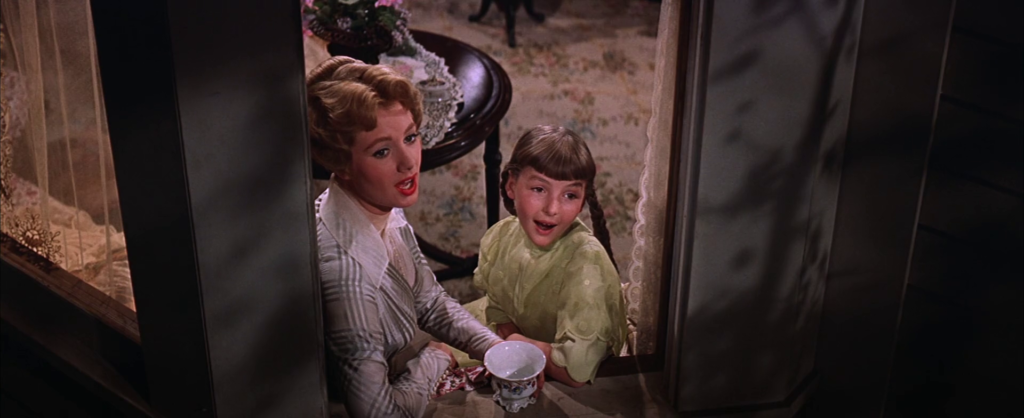
Hall excites the town with the idea of a band (“76 Trombones”), and then sets to work flattering and machinating like crazy. We see the magic of his “Think System” as he miraculously pulls together a barbershop quartet:
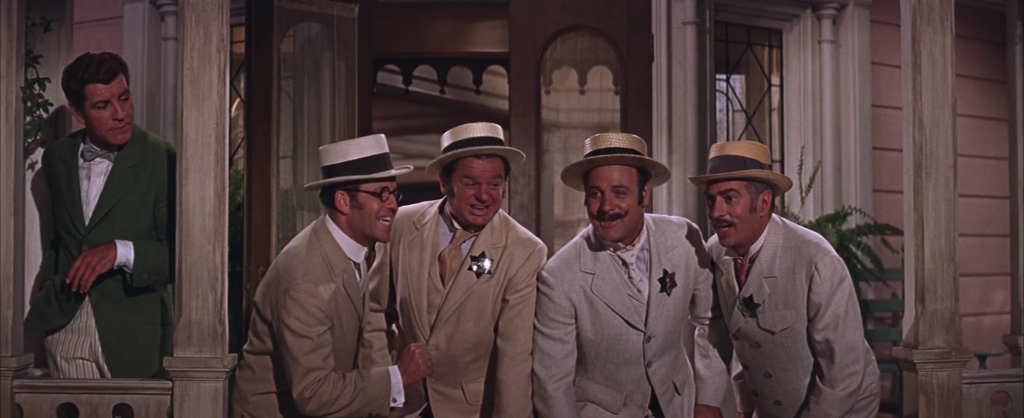
… then listens to a gaggle of self-righteous women talk trash about Marian the Librarian while singing the hilarious “Pick-a-Little, Talk-a-Little”, interwoven with dialogue:
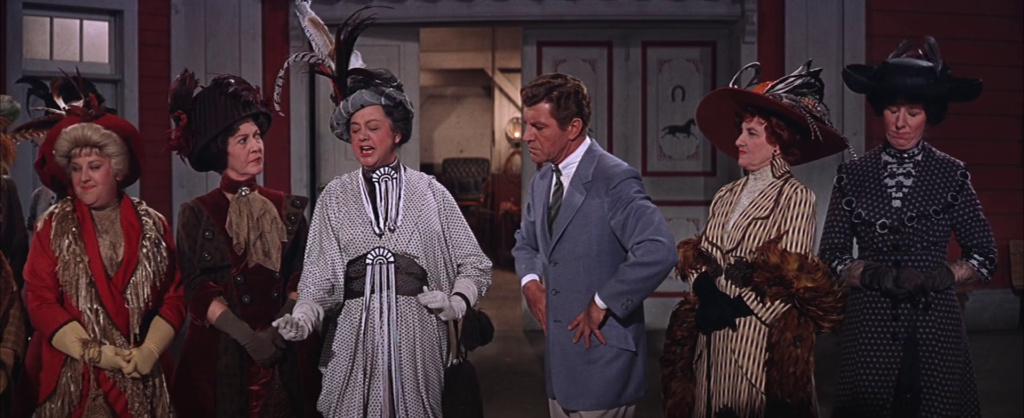
Maud (Sara Seegar): Professor, her kind of woman doesn’t belong on any committee. Of course I shouldn’t tell you this but she advocates dirty books.
Hall: Dirty books?
Alma (Adnia Rice): Chaucer!
Maud: Rabelais!
Eulalie (Gingold): BALZAC!
(Never before have I thought about this French author’s name in such a provocative way…)
In “The Sadder But Wiser Girl”, Hill shares his preference for “women with experience” (which he wrongly believes Marian is):
I can tell you that right now
I snarl, I hiss: How can ignorance be compared to bliss?
I spark, I fizz for the lady who knows what time it is
I cheer, I rave for the virtue I’m too late to save.
— and we then see Marian in her workplace, noting how easily Hall can distract her and cause a ruckus while singing “Marian the Librarian”:
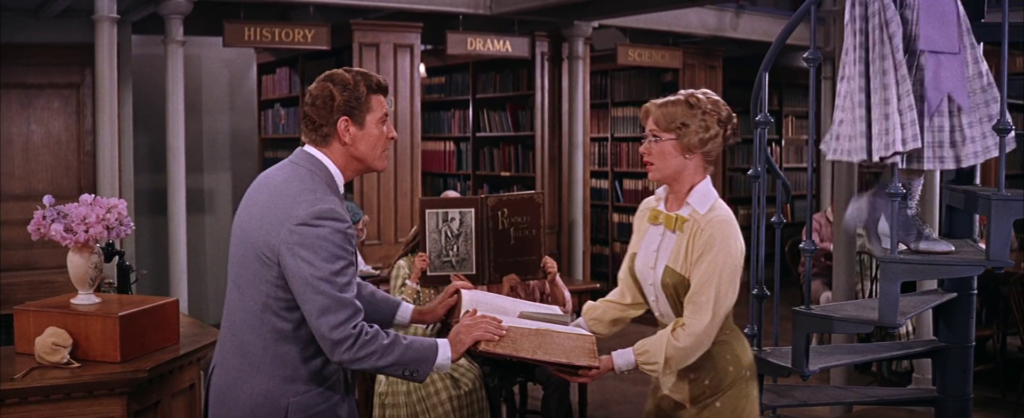
The second half of the film is less exciting, but still has a few more infectious numbers to come — including “Gary, Indiana”:
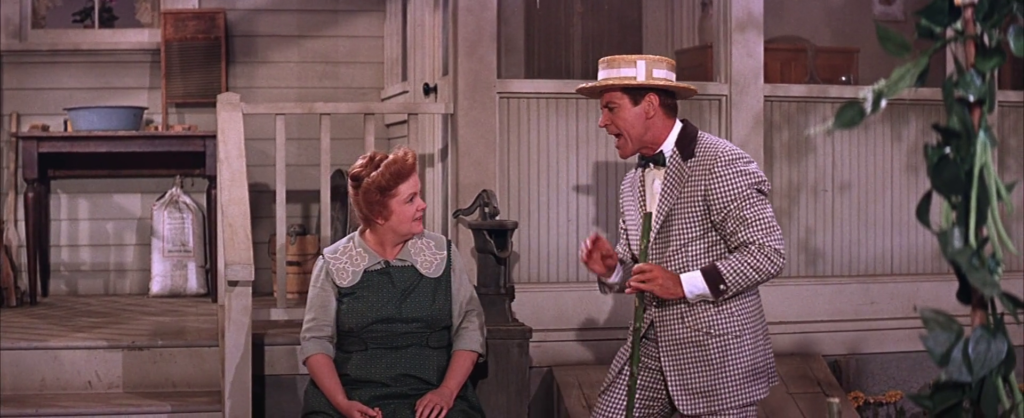
… “The Wells Fargo Wagon” (featuring cutely lisping Ronnie Howard):
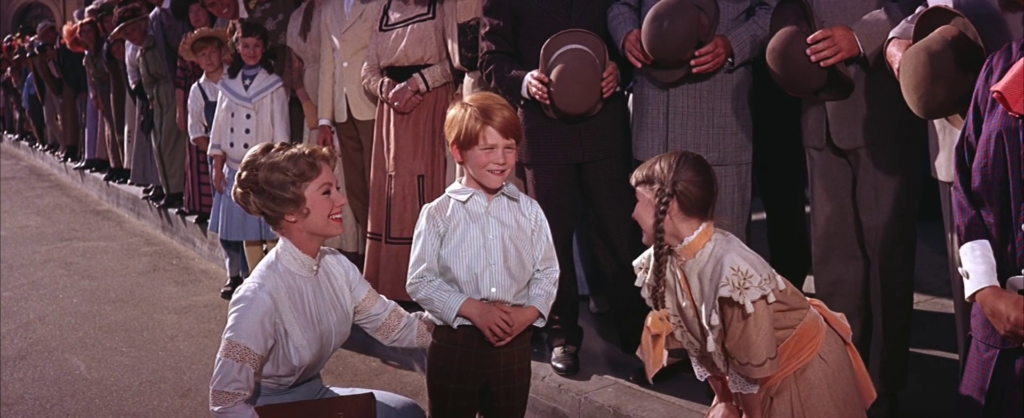
… and barbershop quartet “Lida Rose” deftly woven with “Will I Ever Tell You?”:
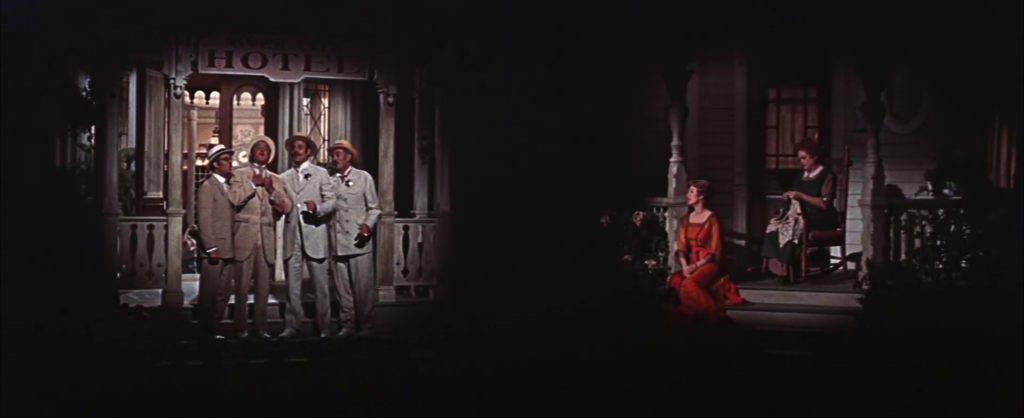
Other notable highlights include Hermione Gingold’s amusingly colorful performance as the mayor’s wife:
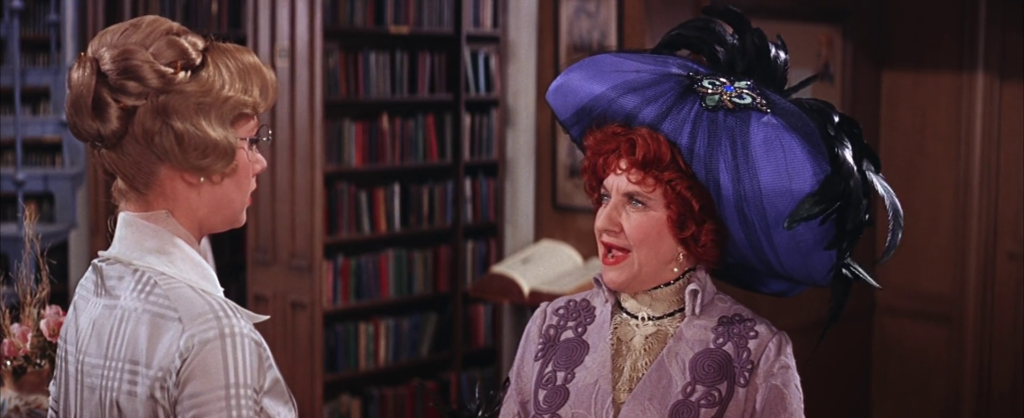
… Pert Kelton as Marian’s concerned but loving mother:
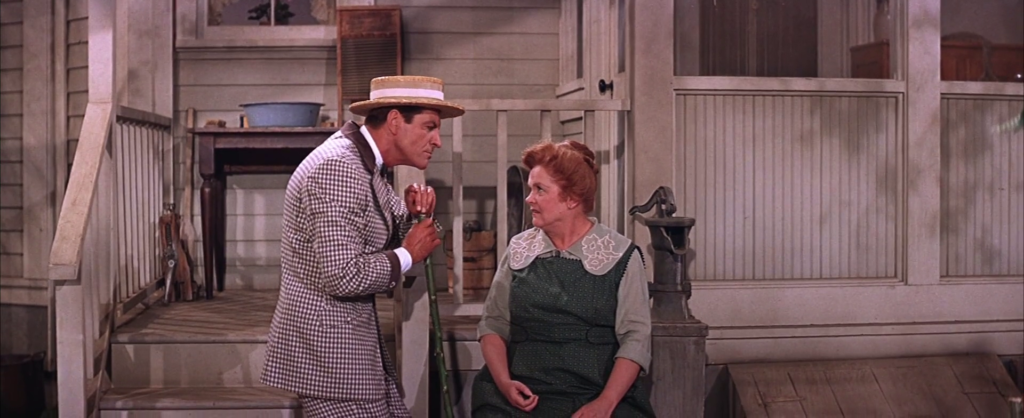
… and Timmy Everett’s* impressive dancing (seen here during “The Shipoopee” — not a personal favorite, but the choreography’s fun):
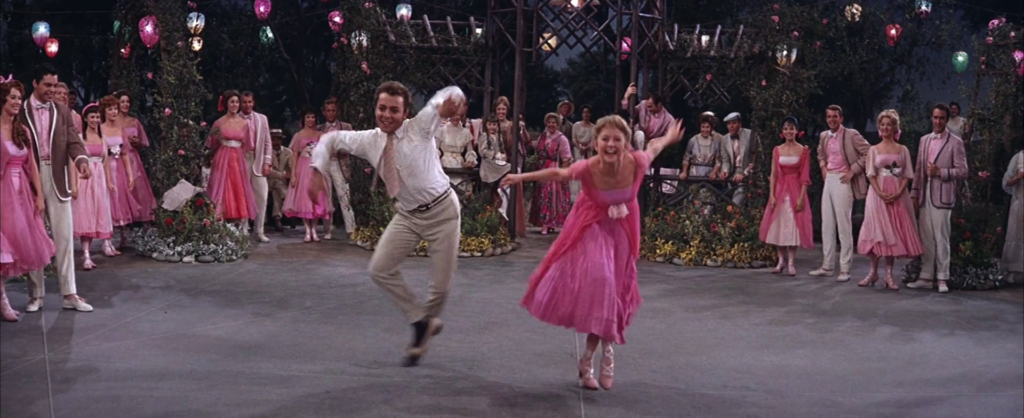
The film’s fantastical finale has been oft-discussed, and may or may not seem like the best choice possible — but it brings the film to a rousing, feel-good close:
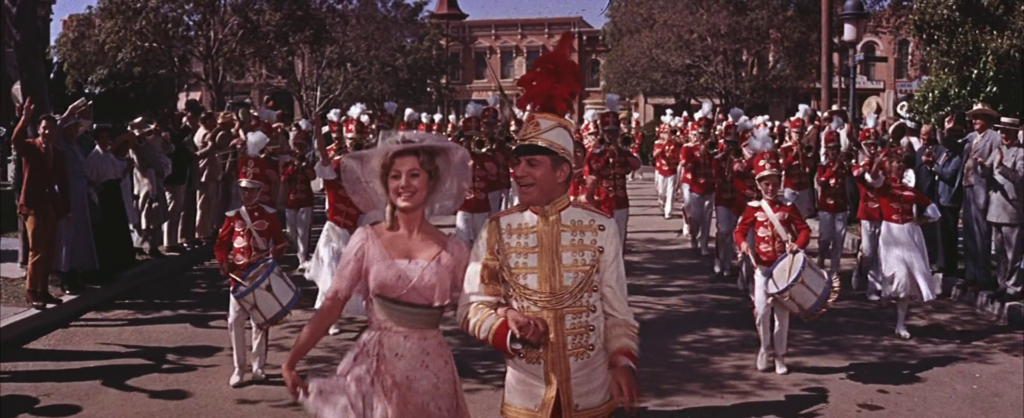
While it’s over-long and could have benefited from some trimming, this enjoyably filmed musical remains worth a look.
* Everett tragically died in his sleep at the age of 38 from an apparent heart attack; he never married.
Notable Performances, Qualities, and Moments:
- Robert Preston as Harold Hill
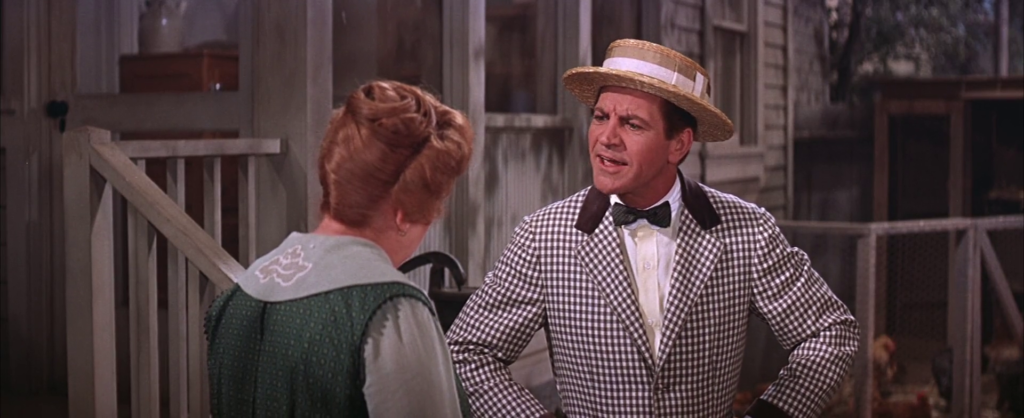
- Many enjoyable musical numbers
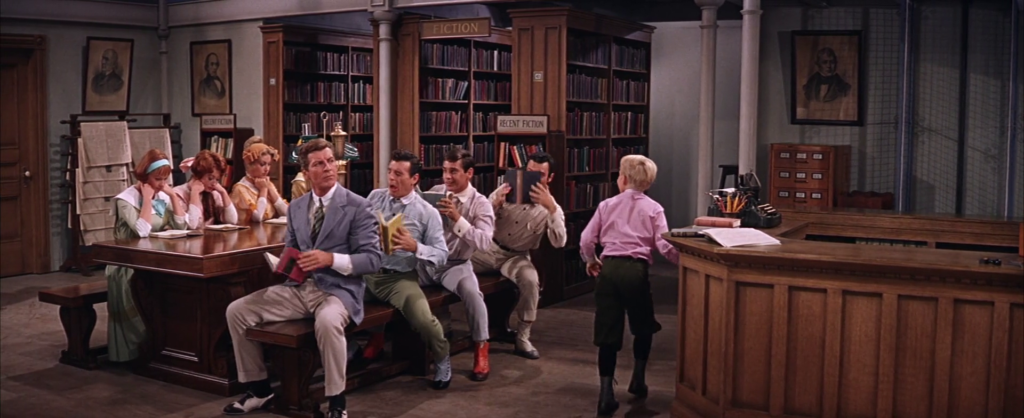
- Fine Technirama cinematography
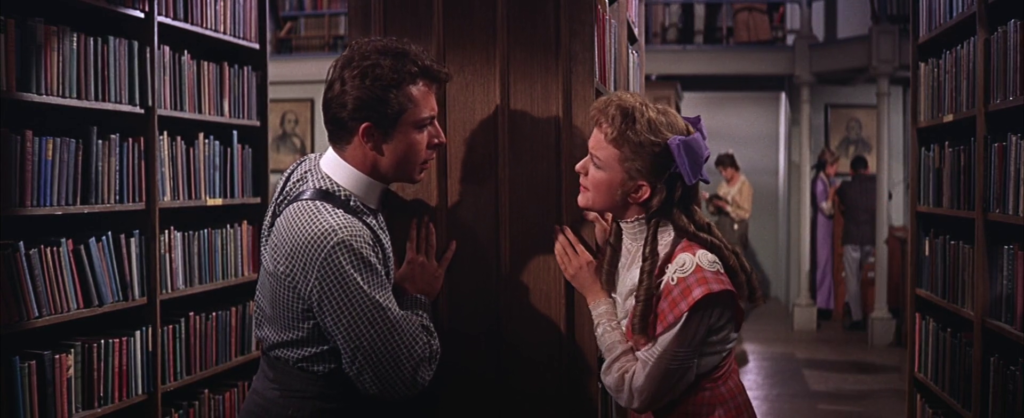
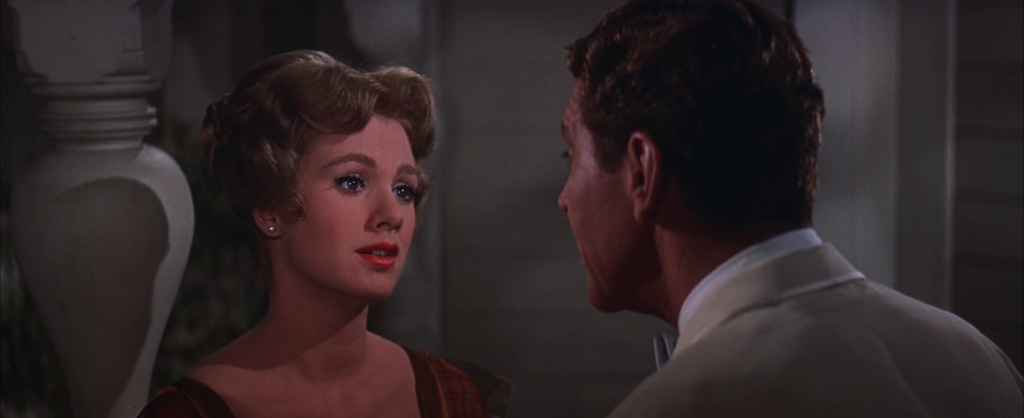
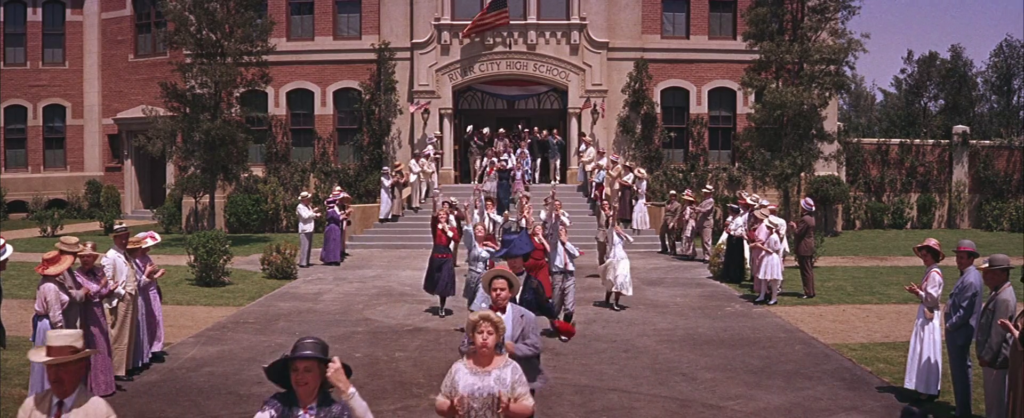
Must See?
Yes, for Preston’s performance and the enjoyable songs. Selected in 2005 for preservation in the United States National Film Registry for being “culturally, historically, or aesthetically significant”.
Categories
- Noteworthy Performance(s)
- Oscar Winner or Nominee
Links:
|
